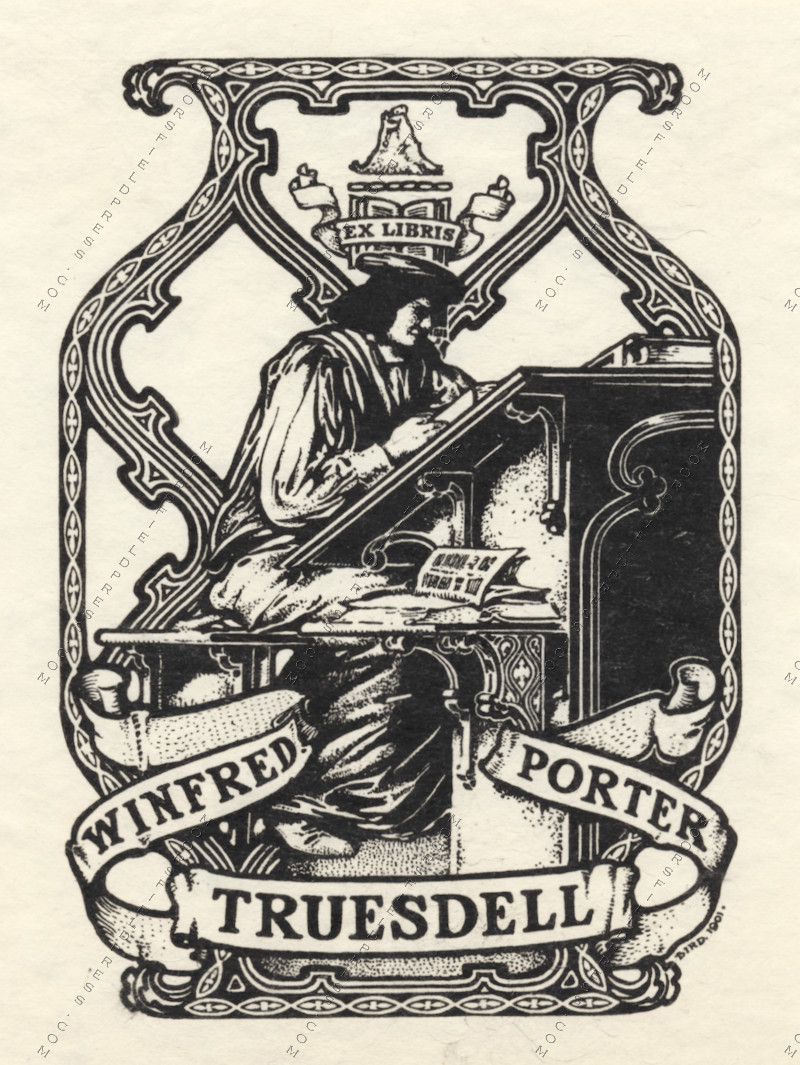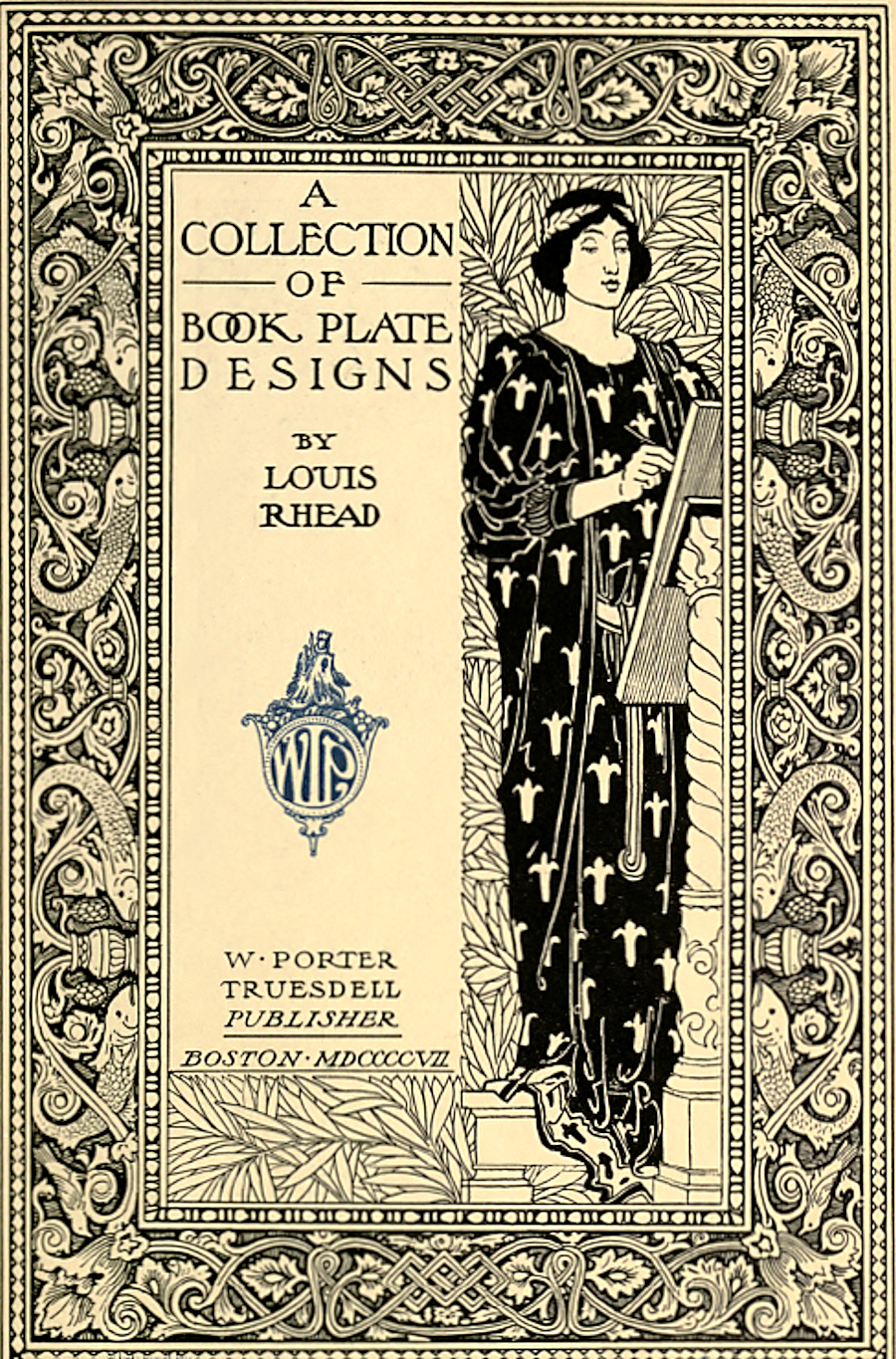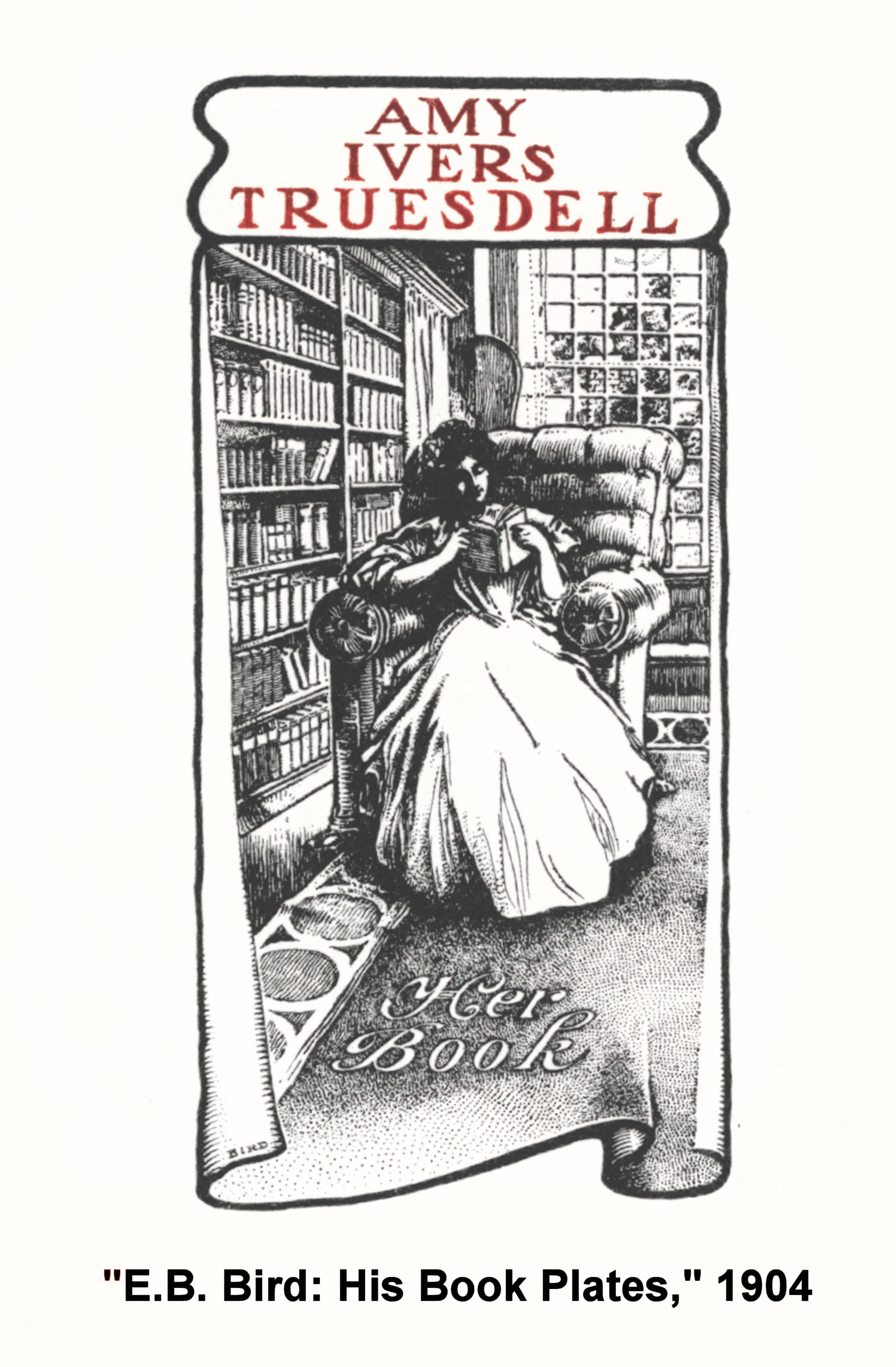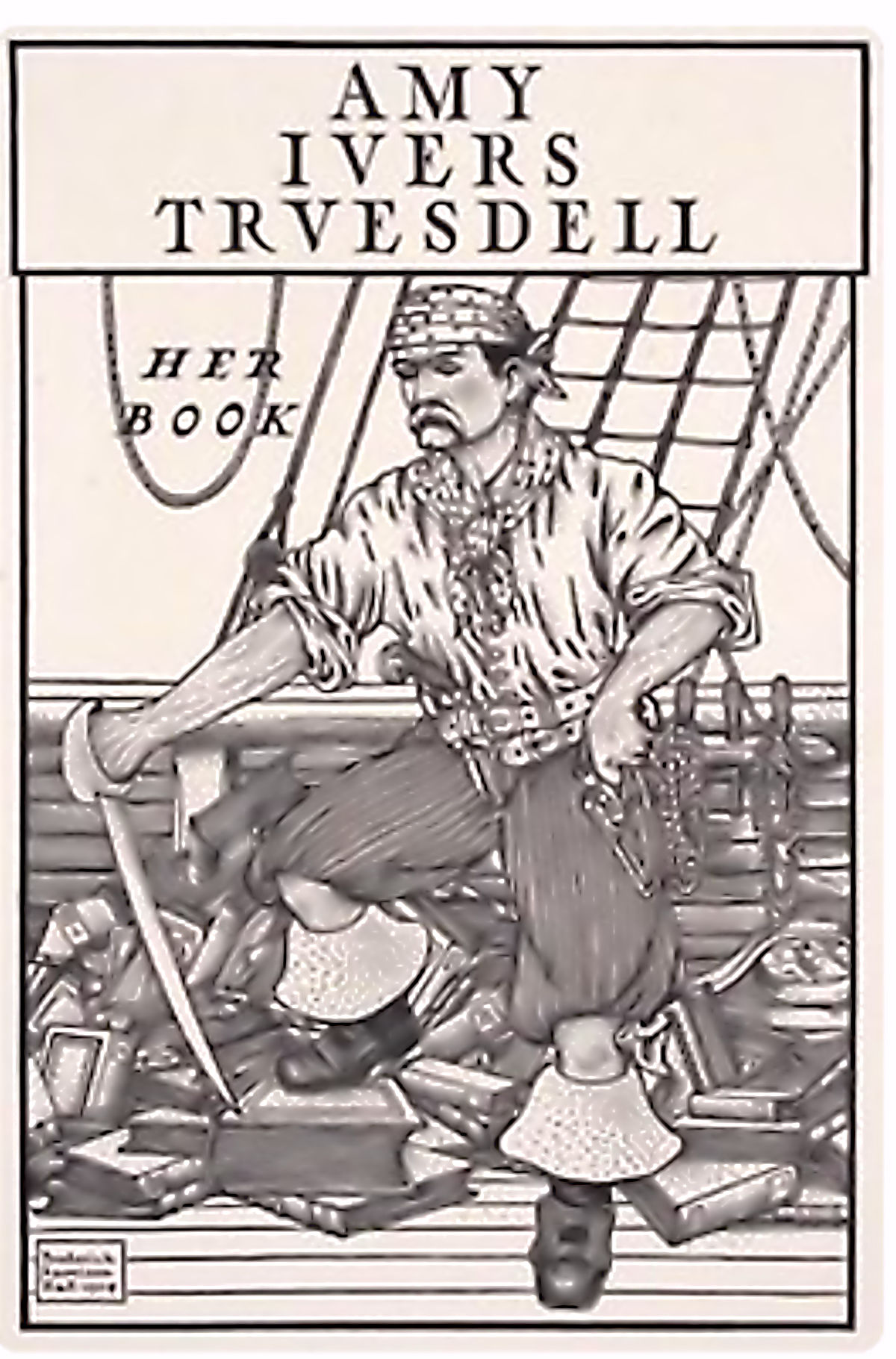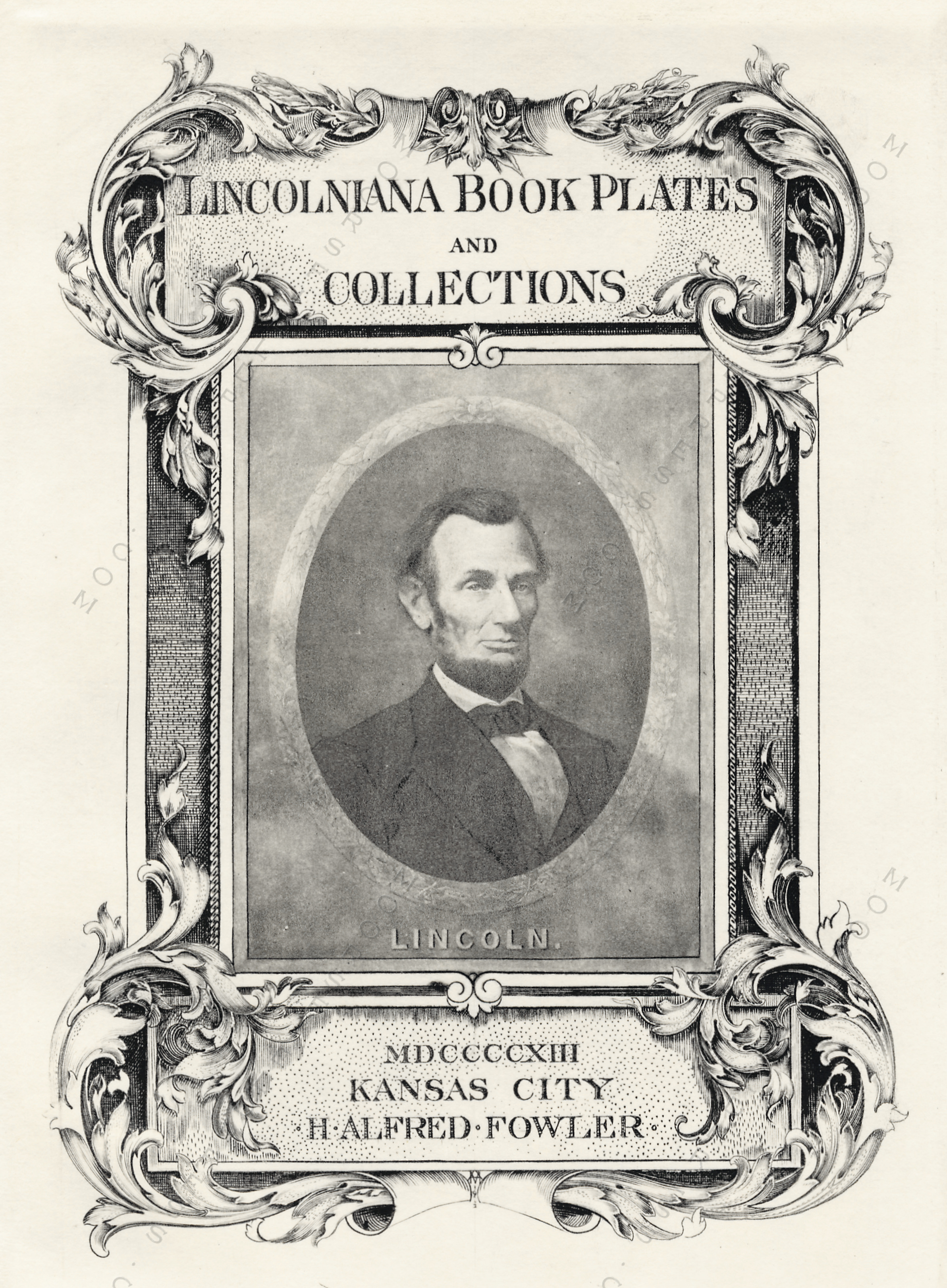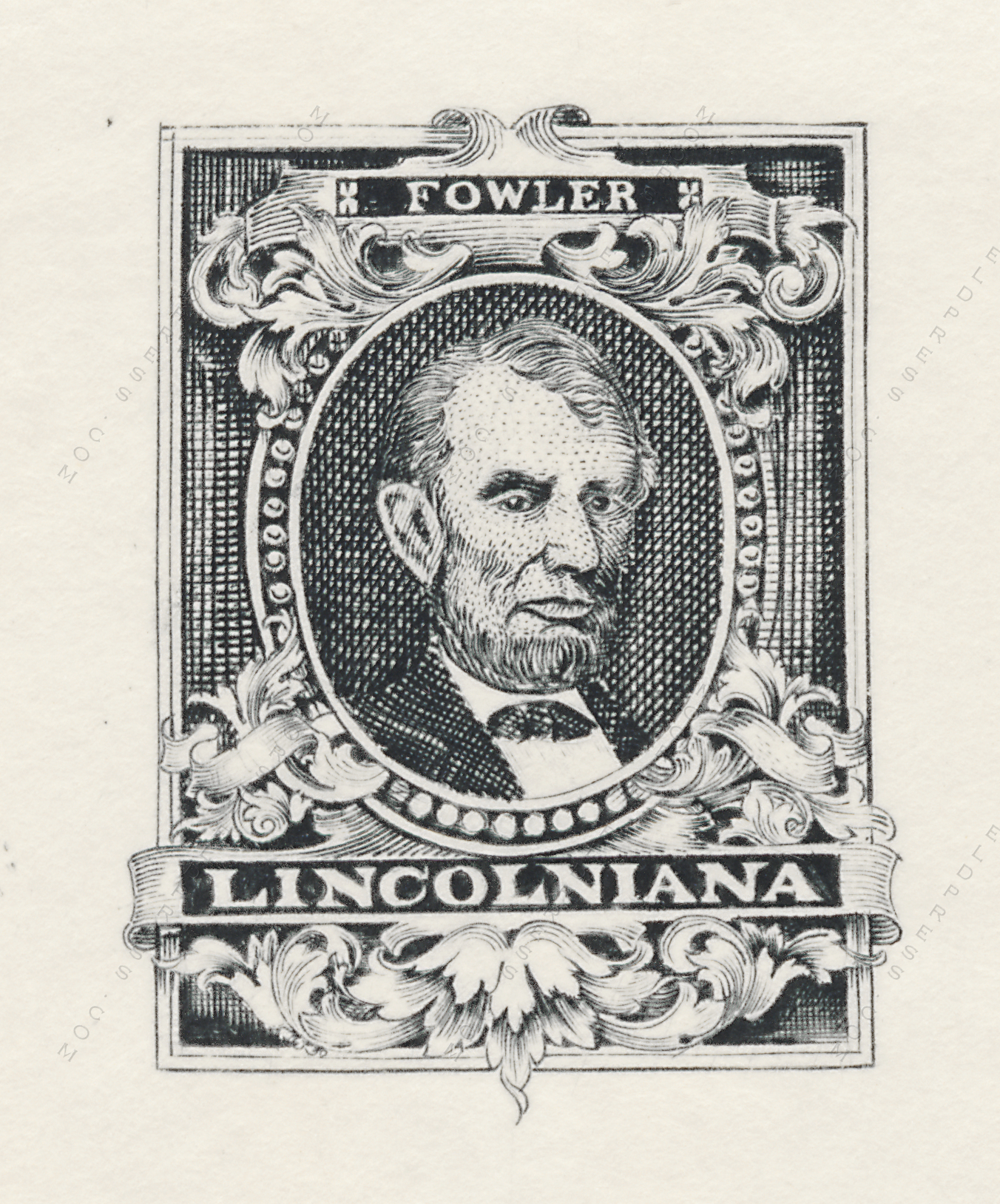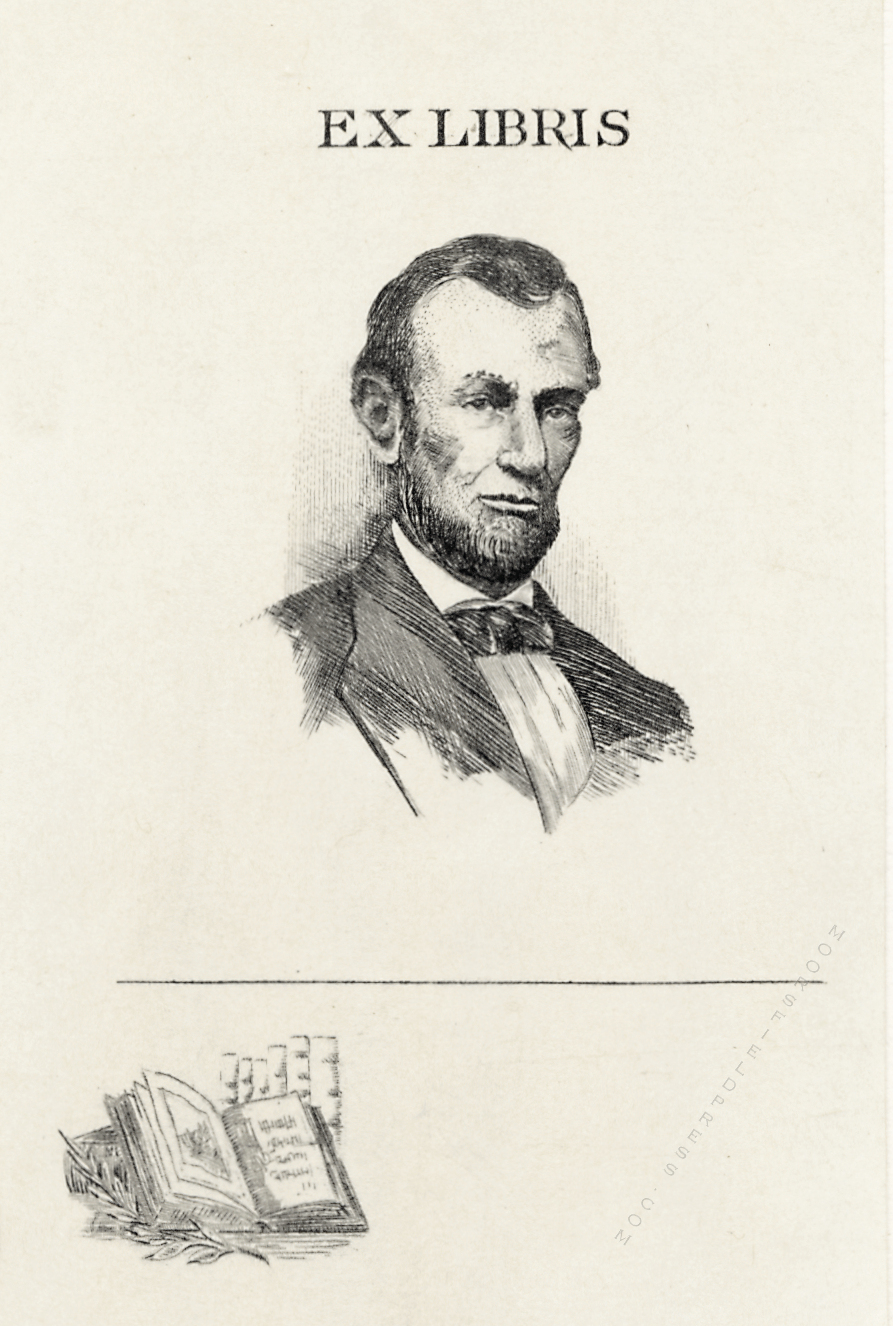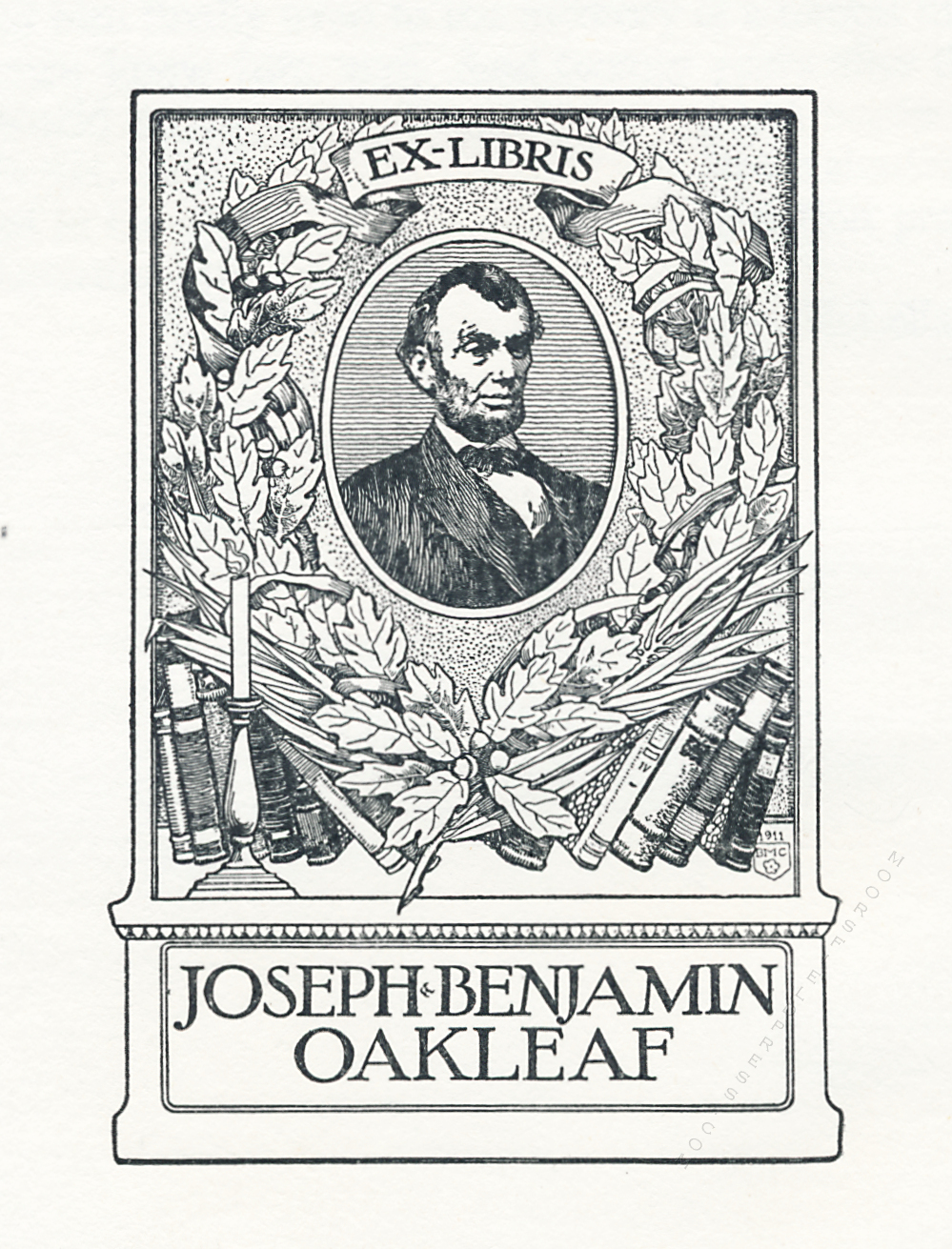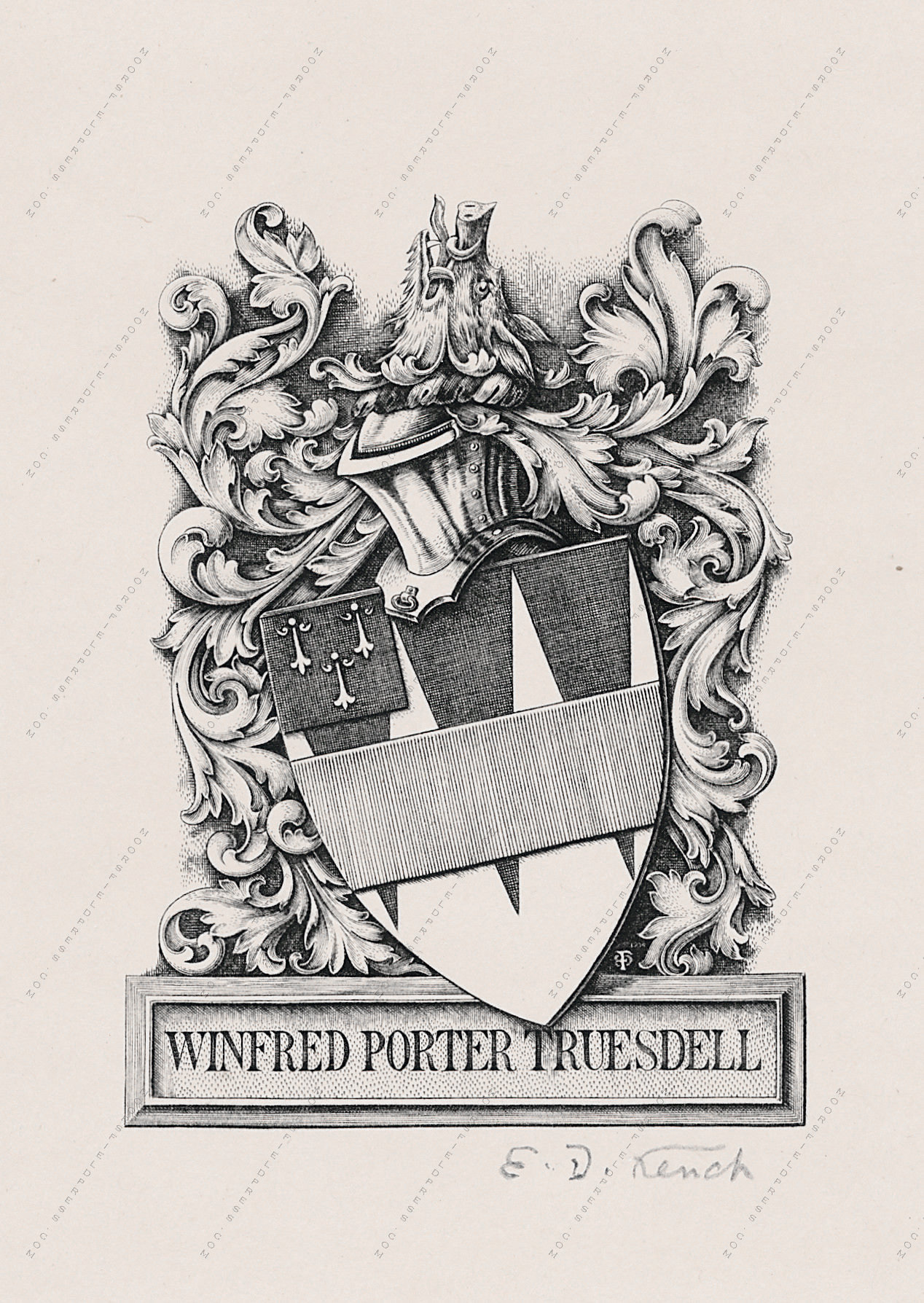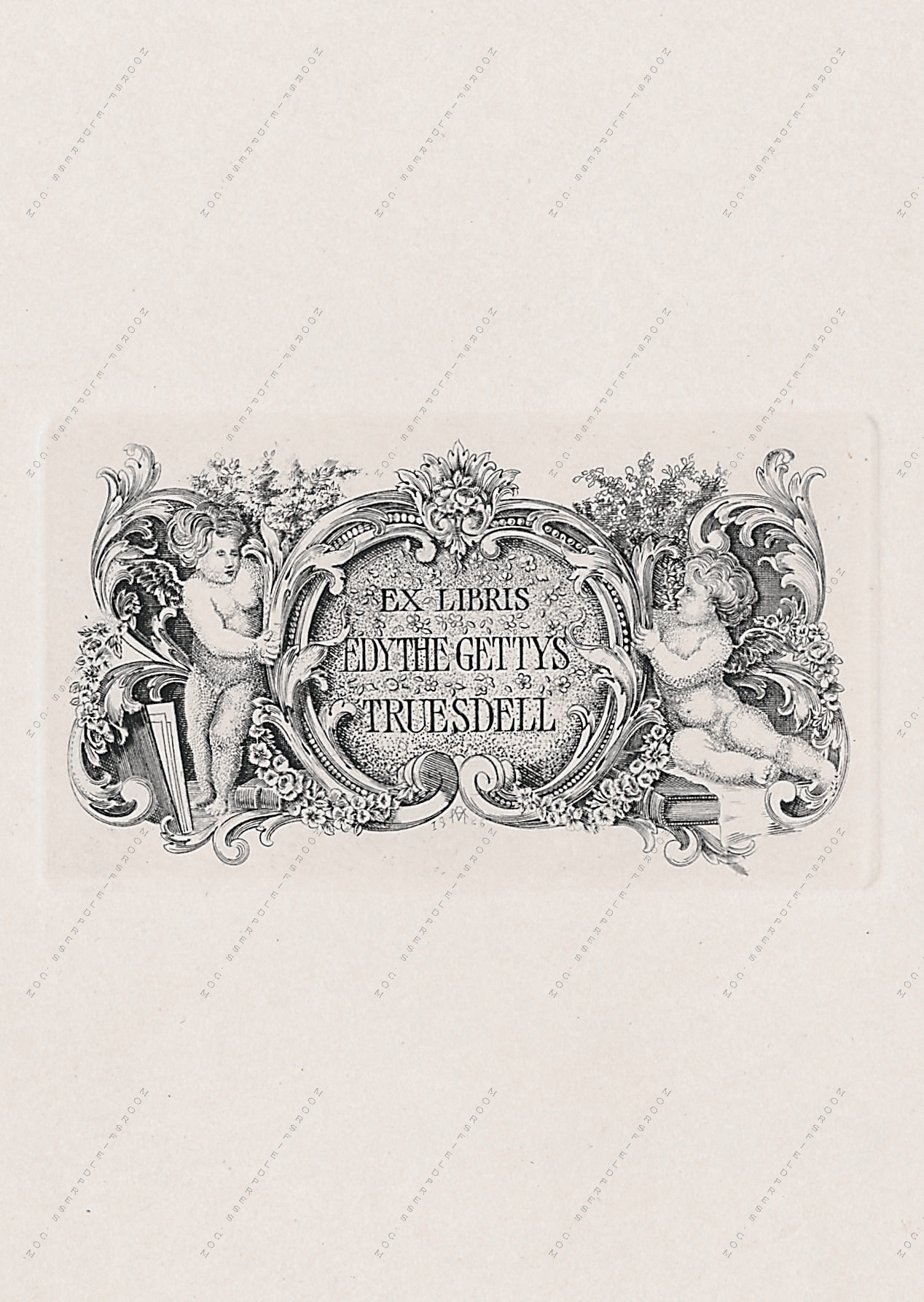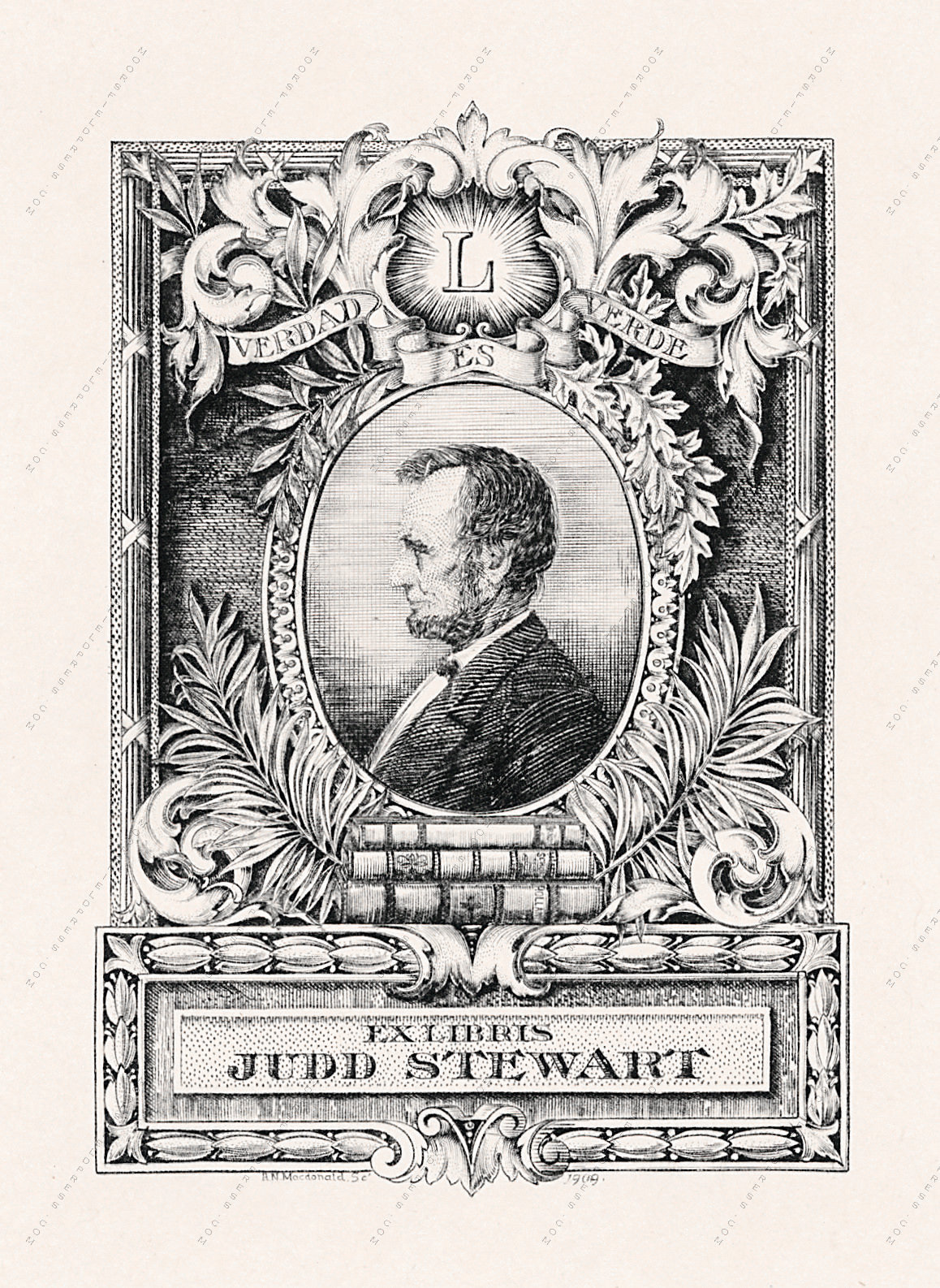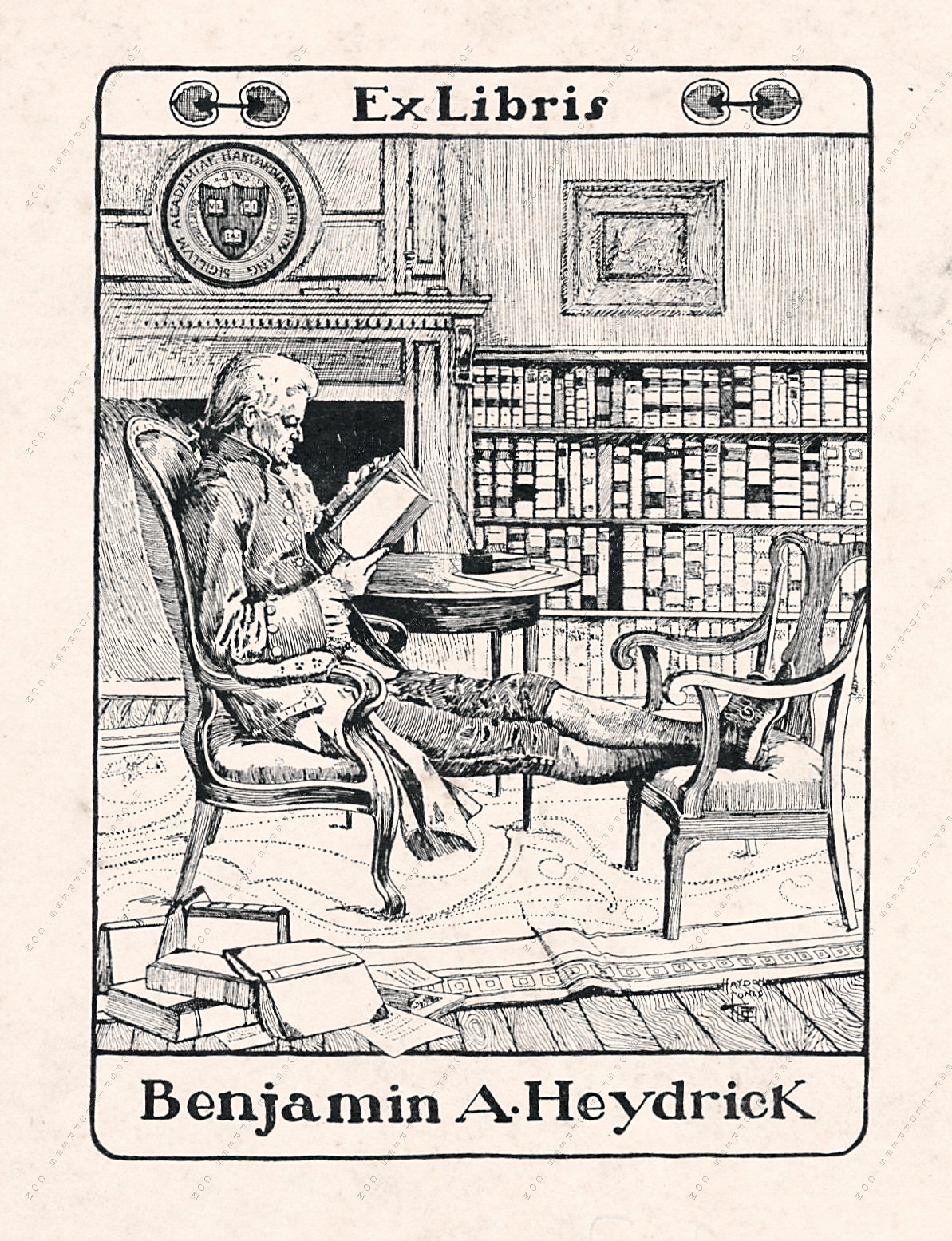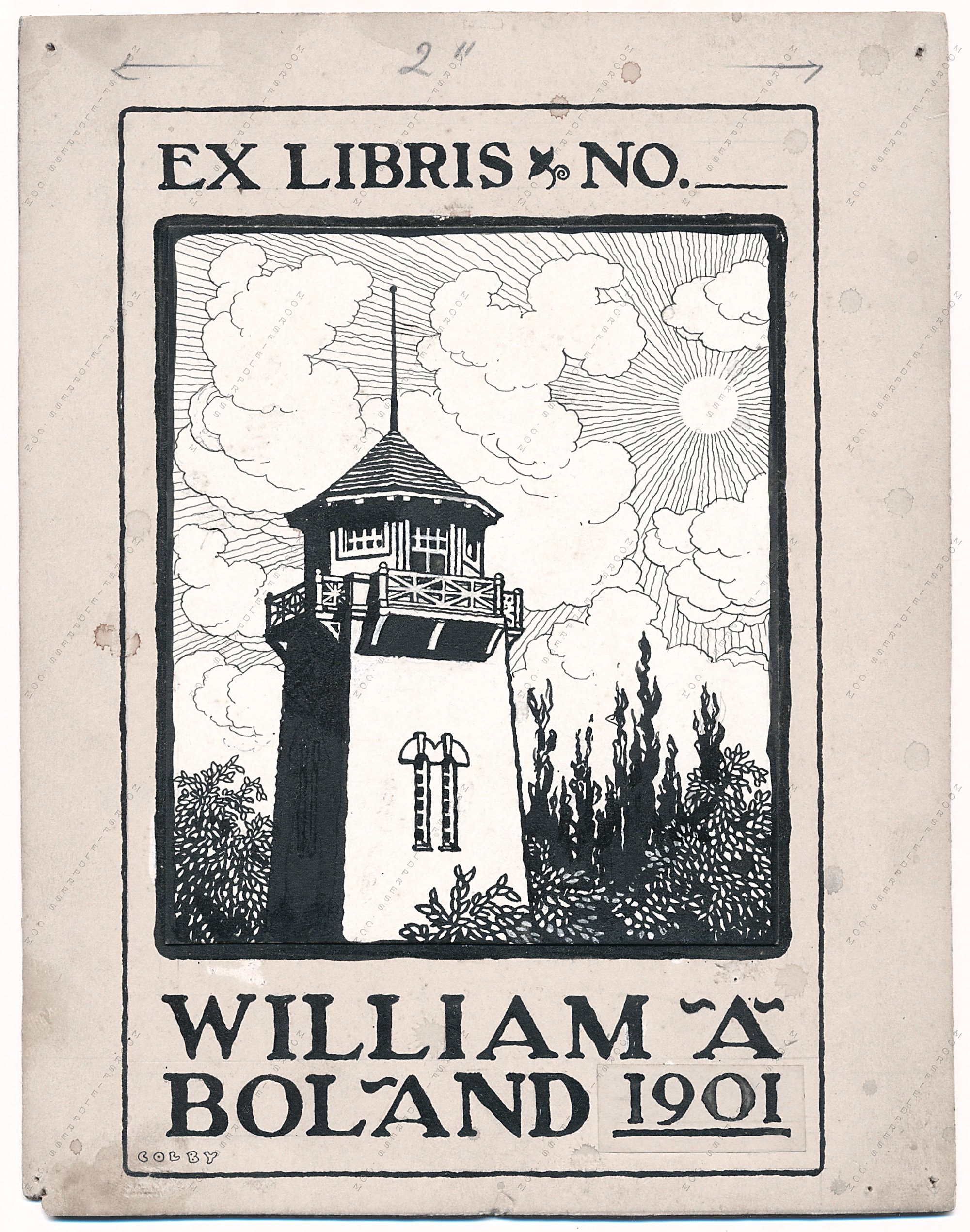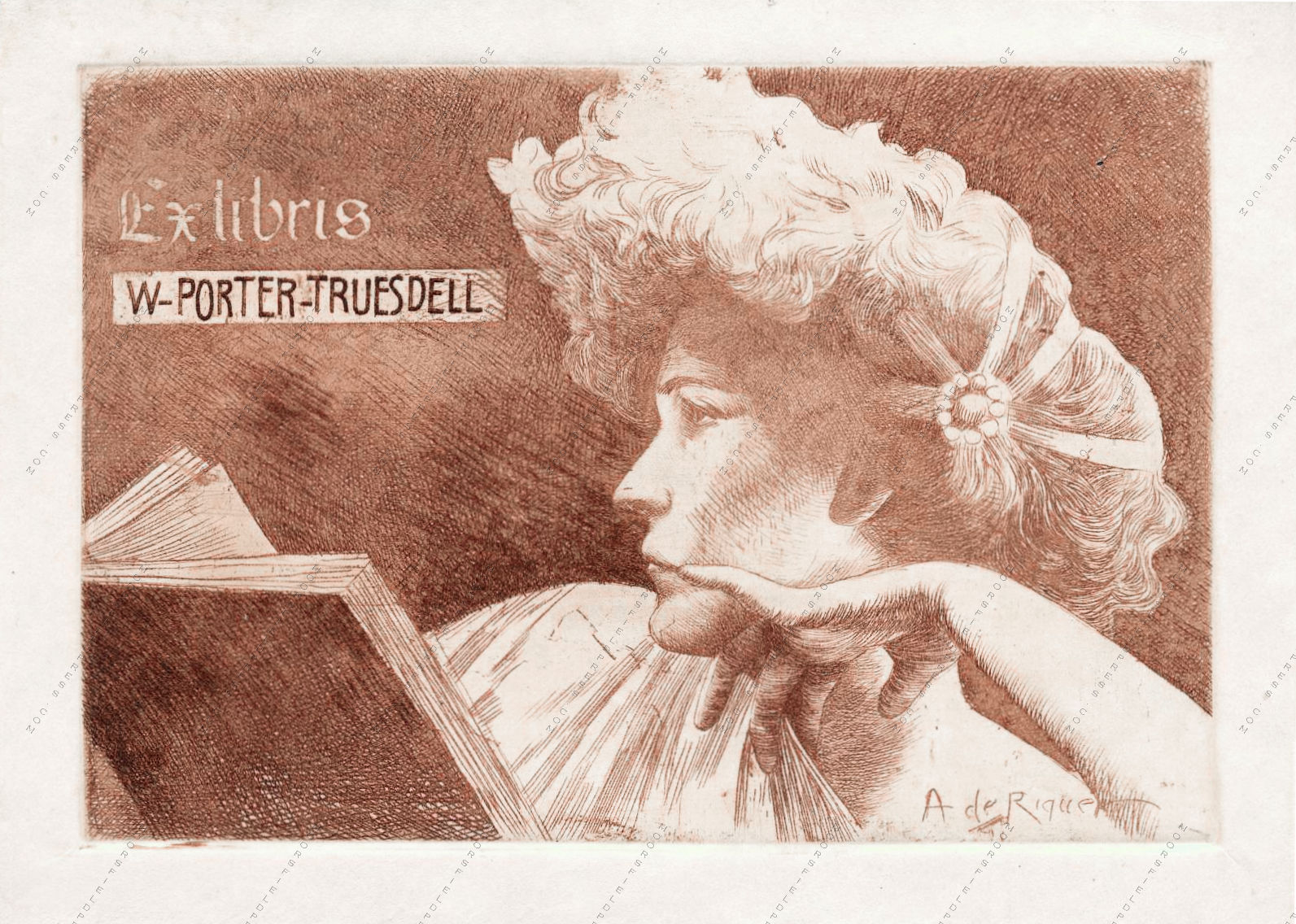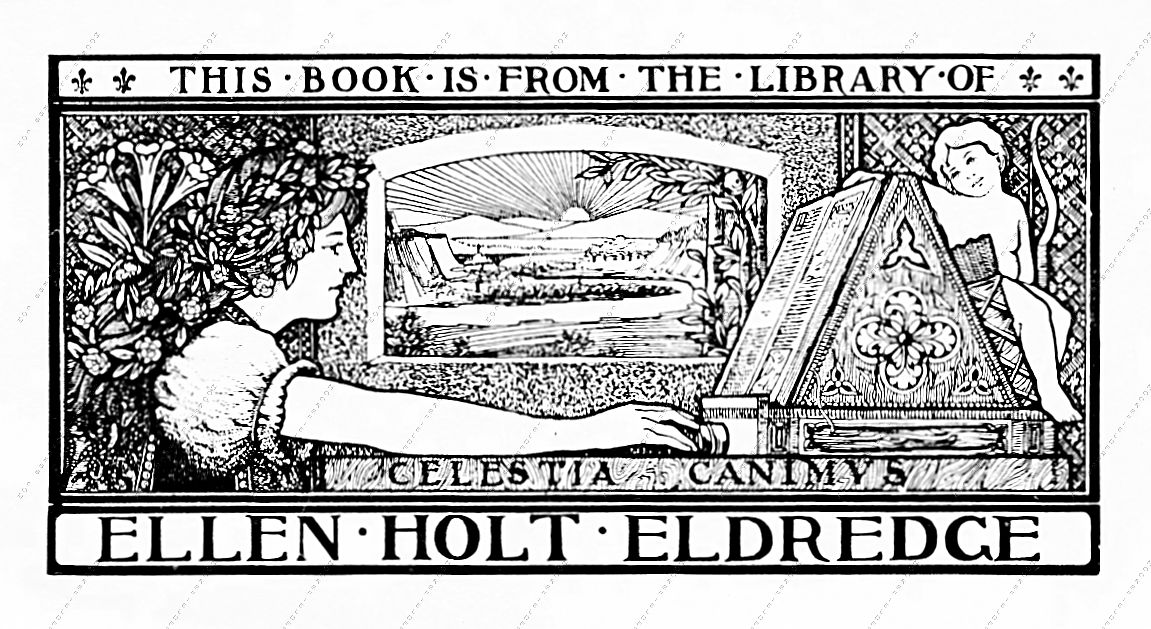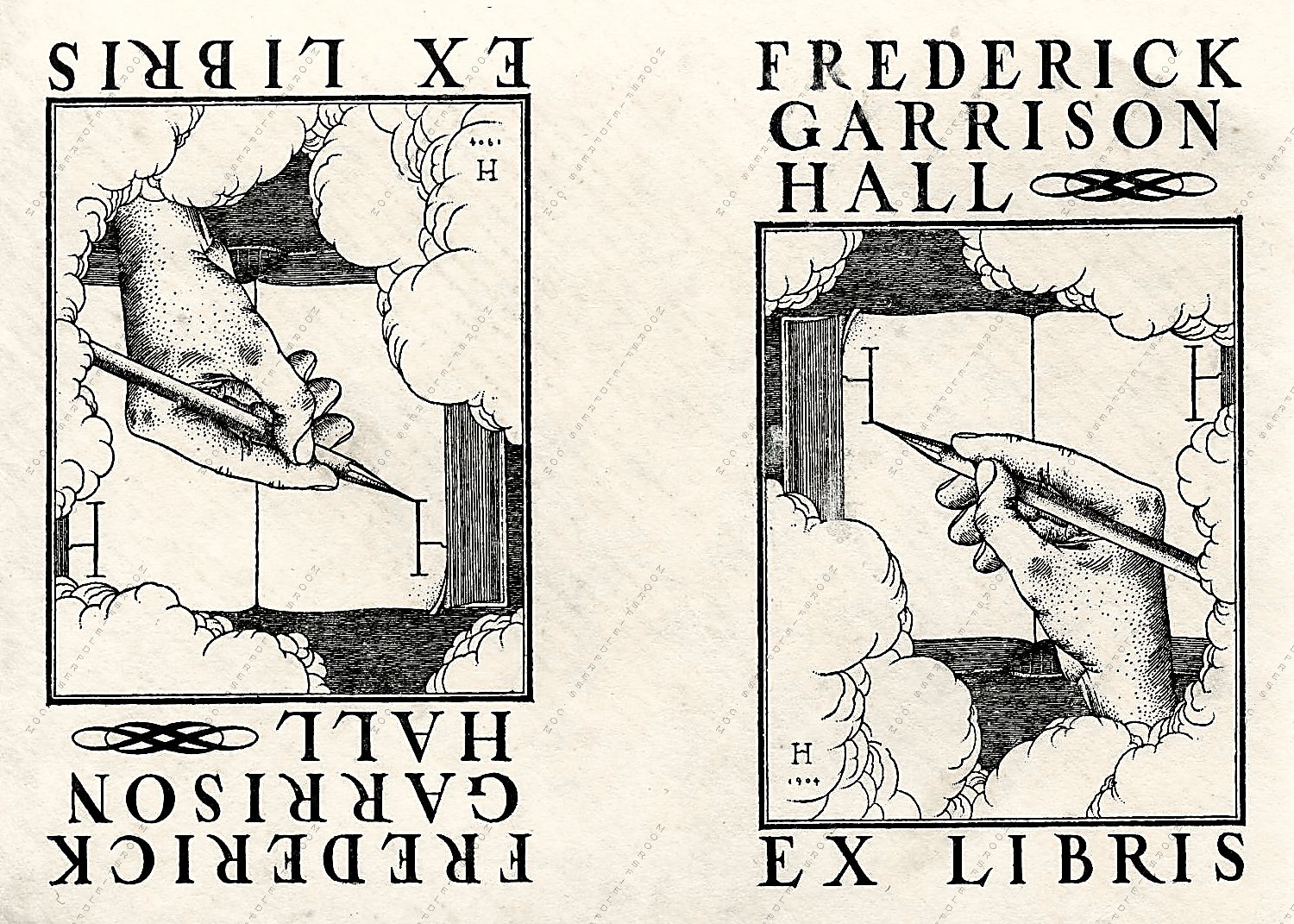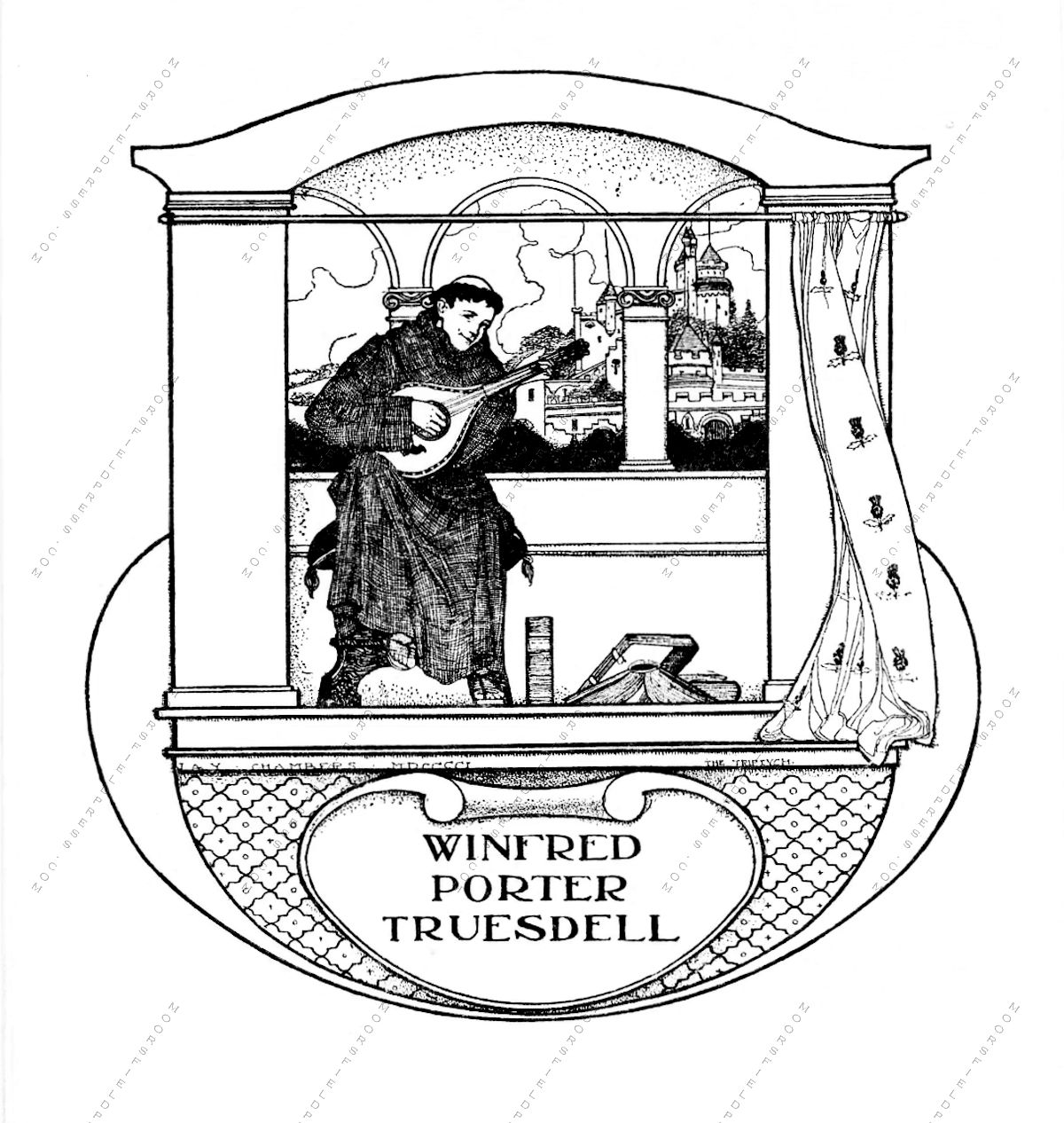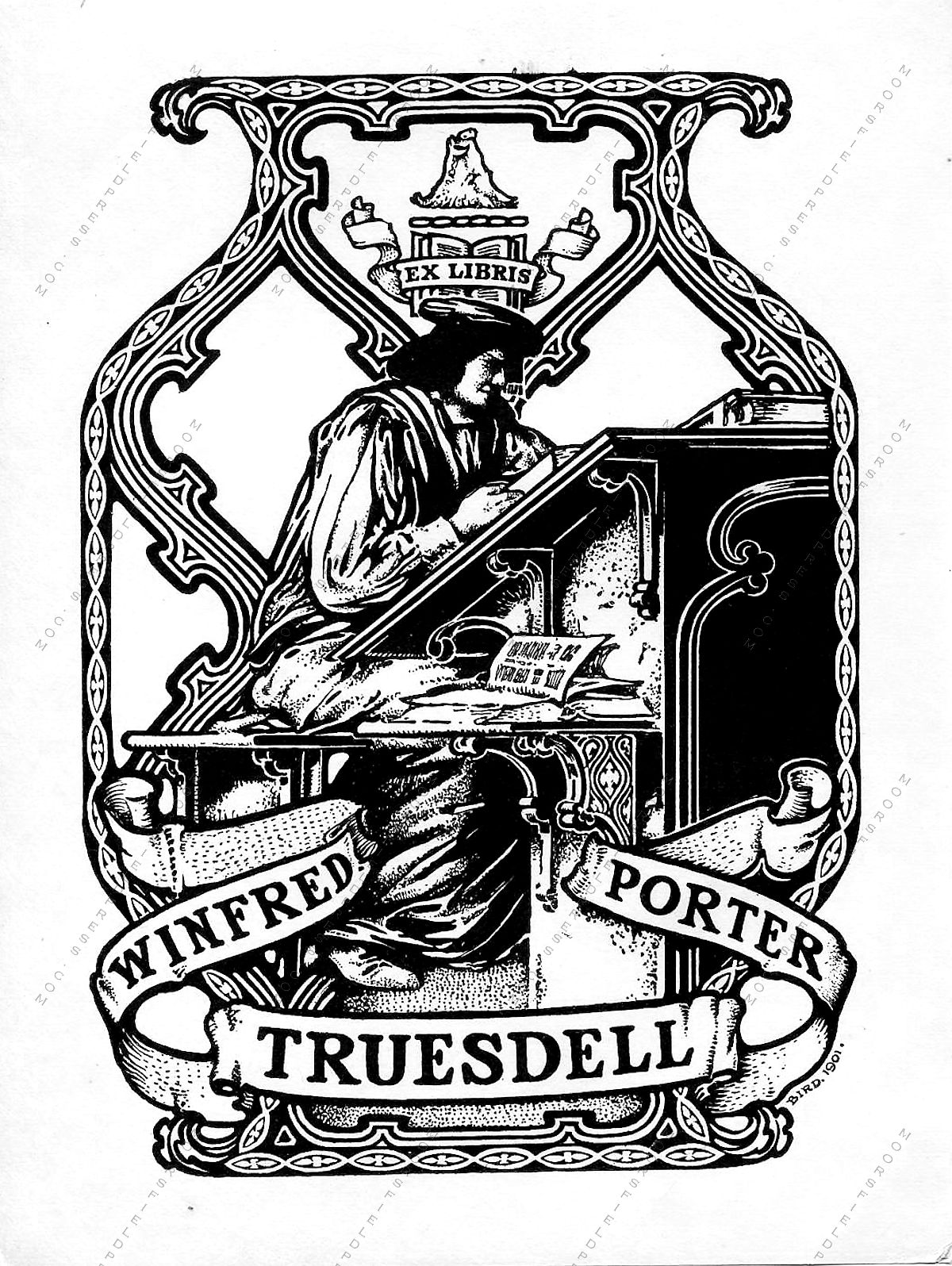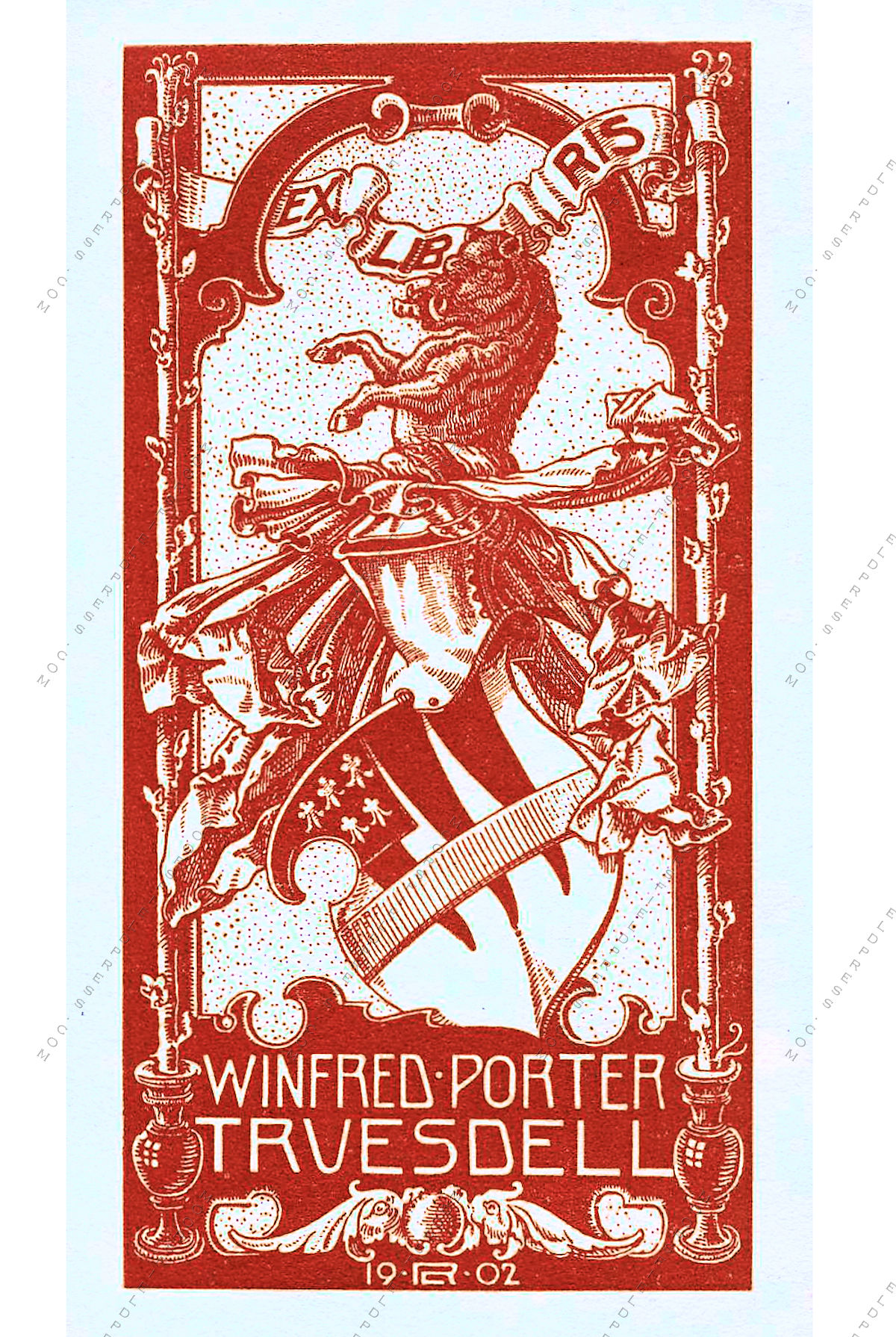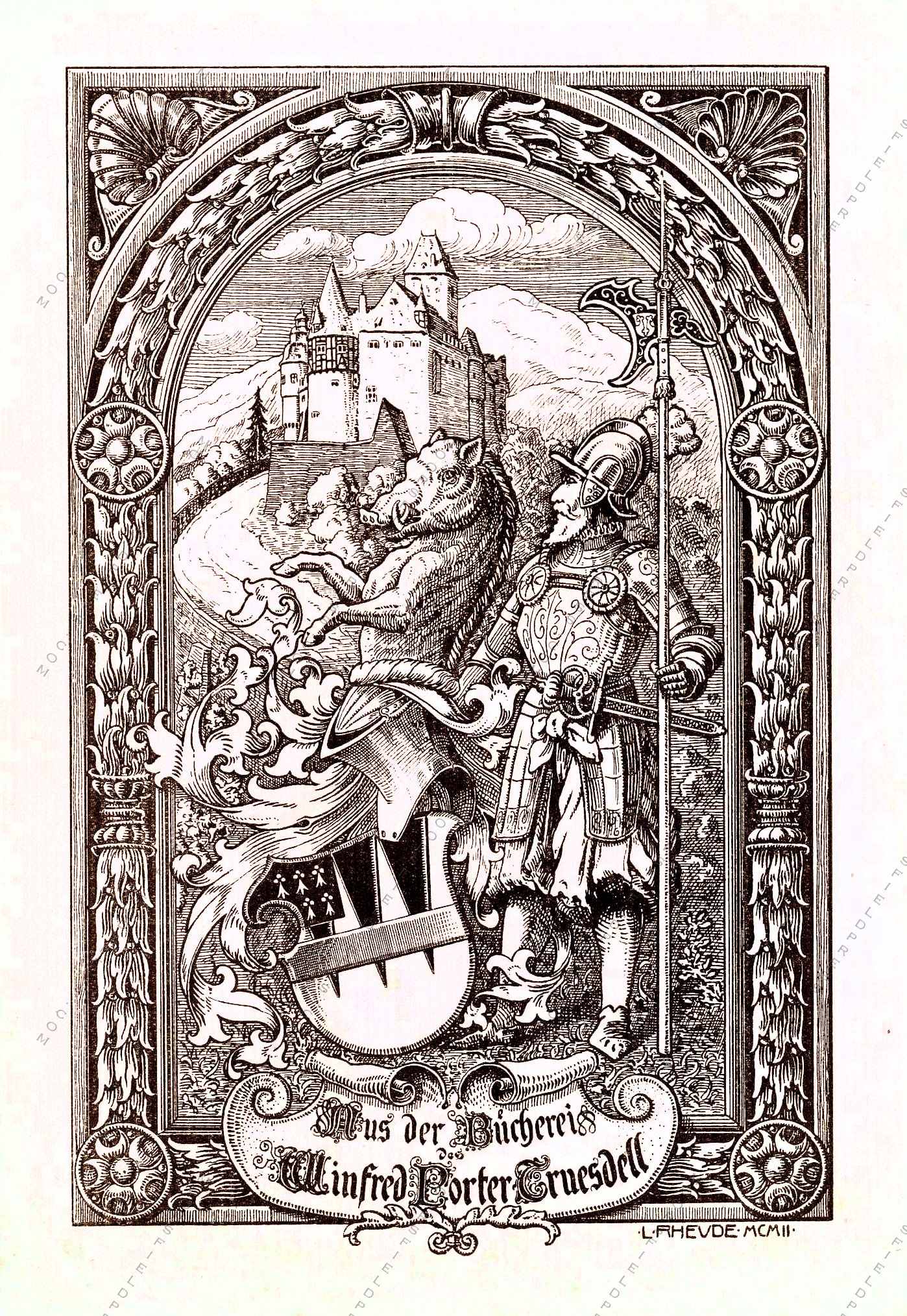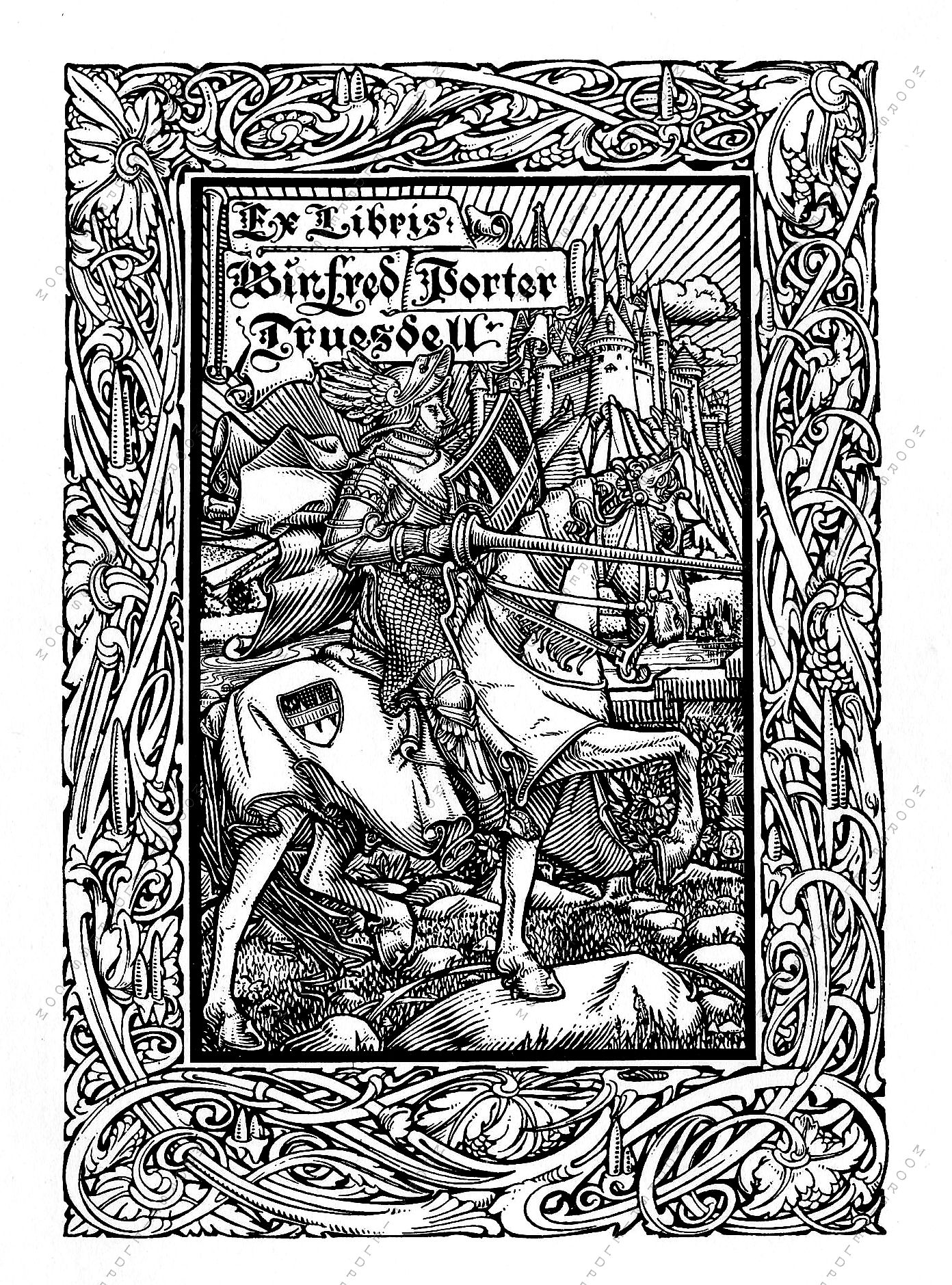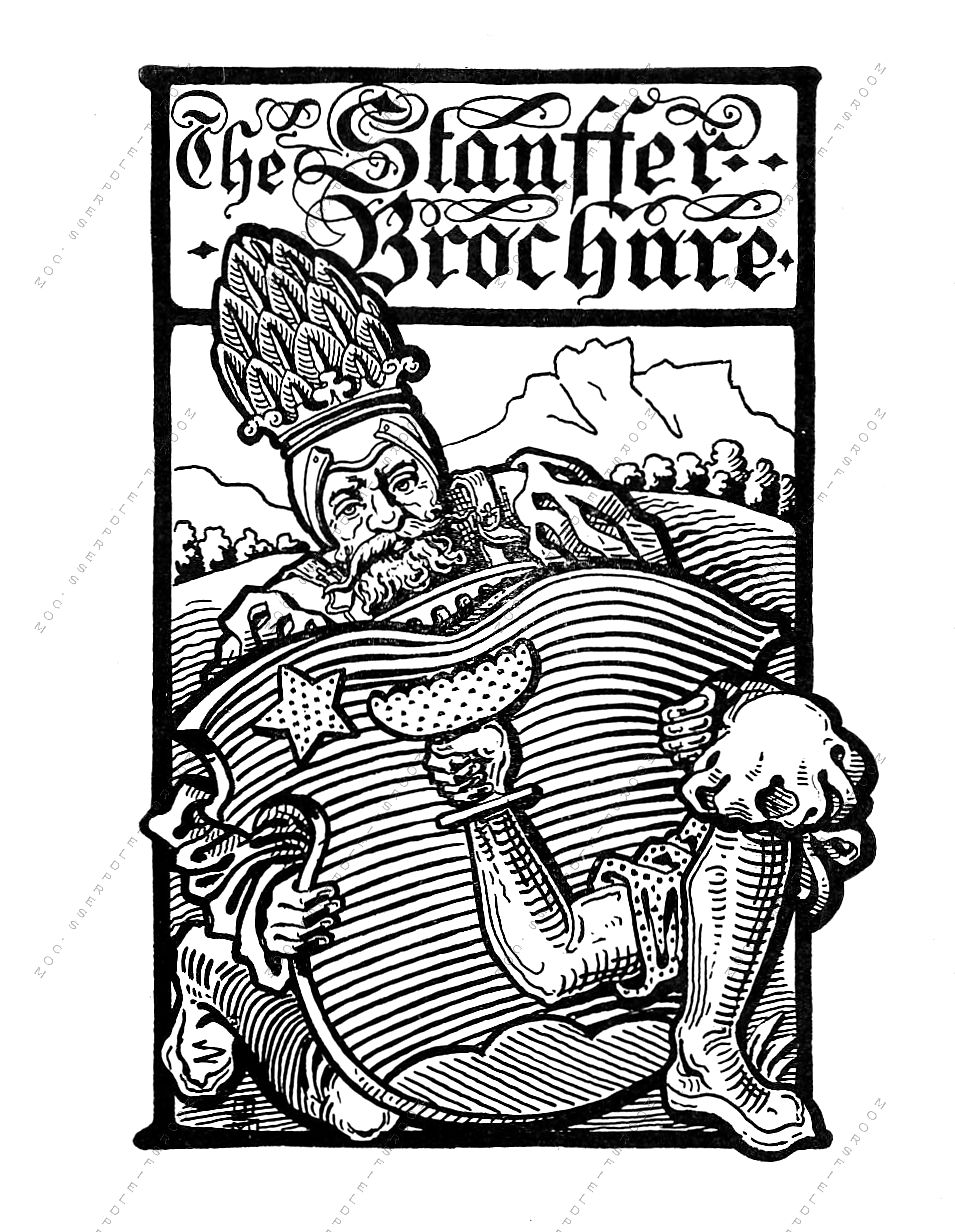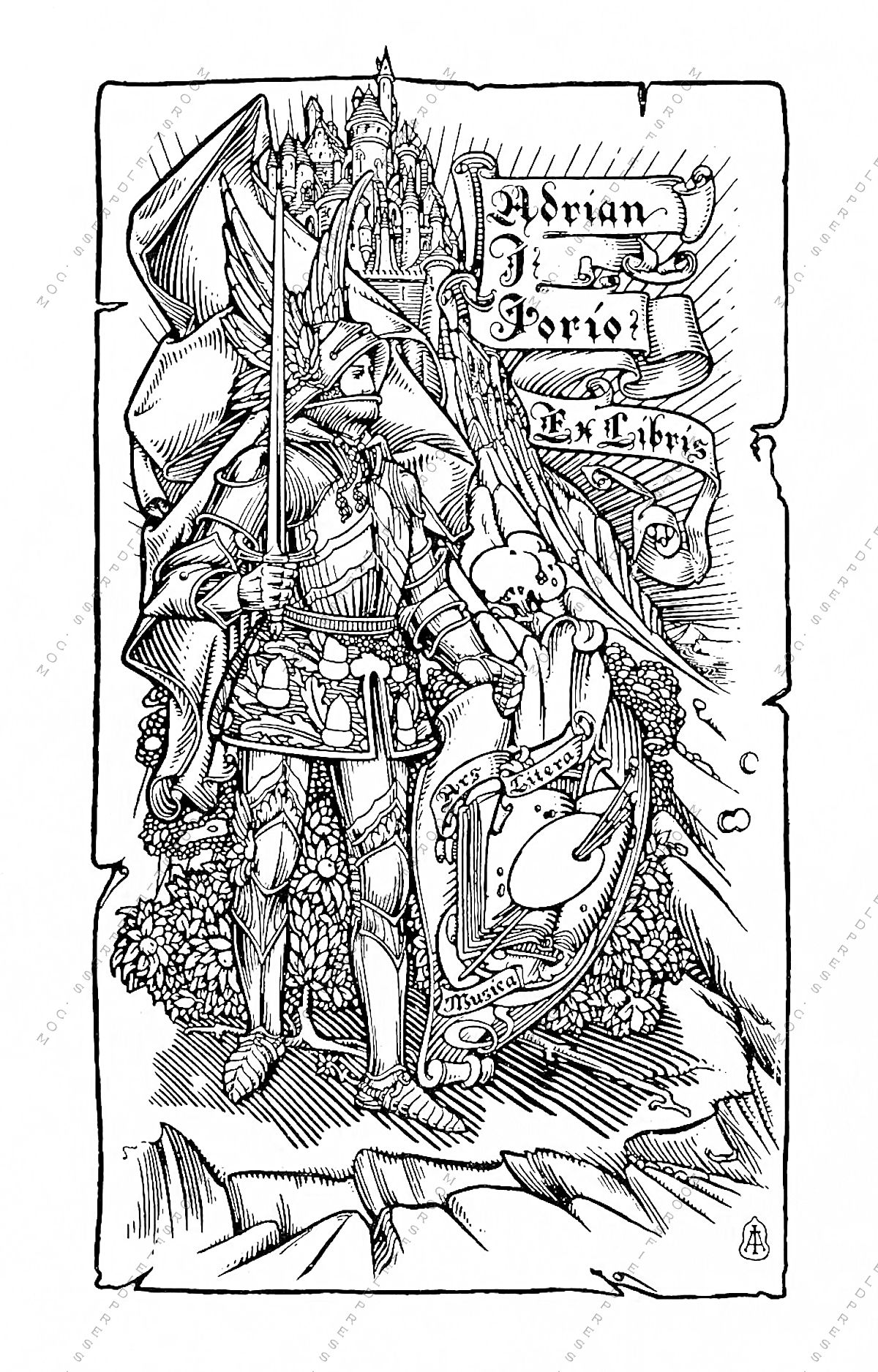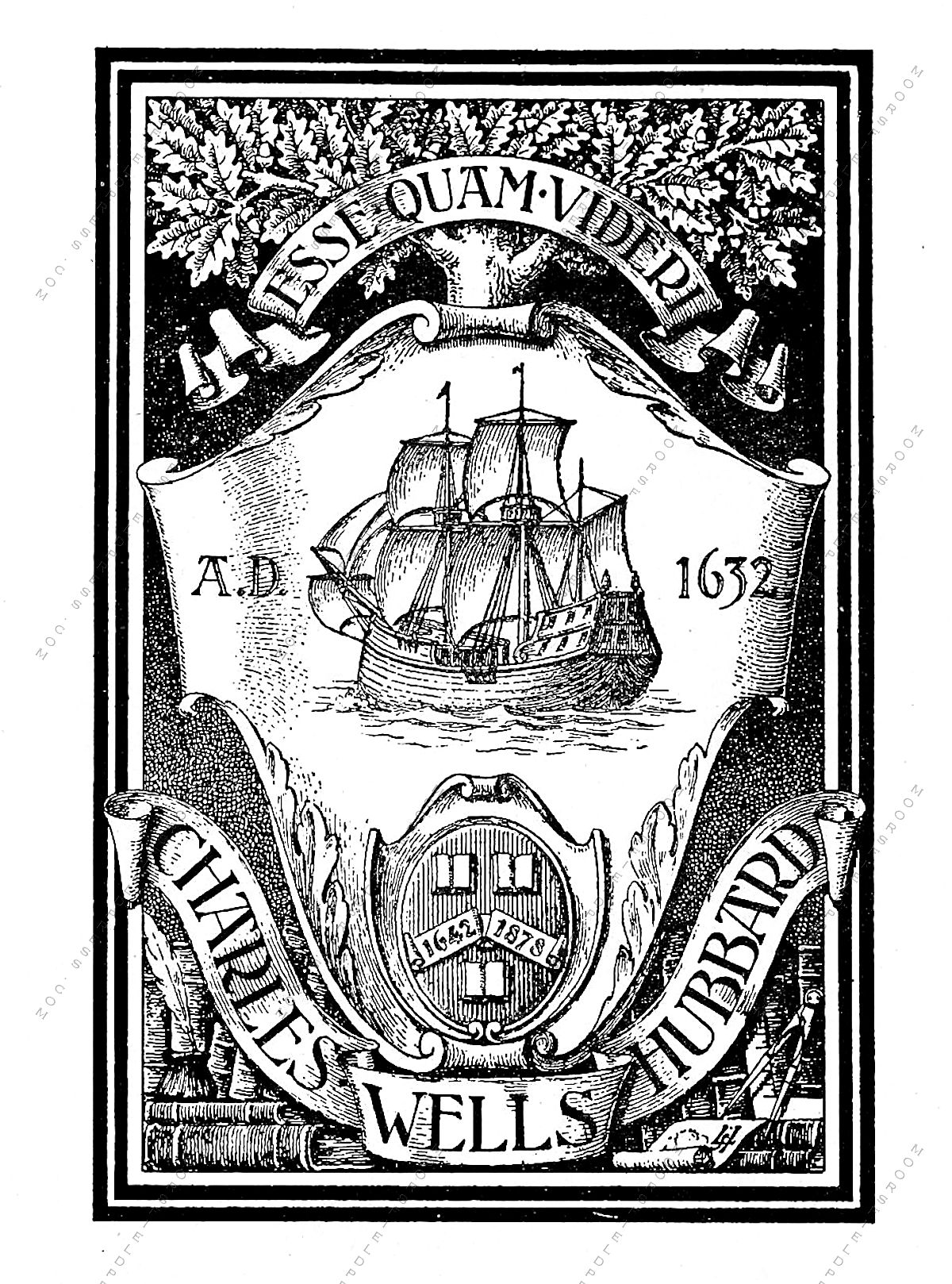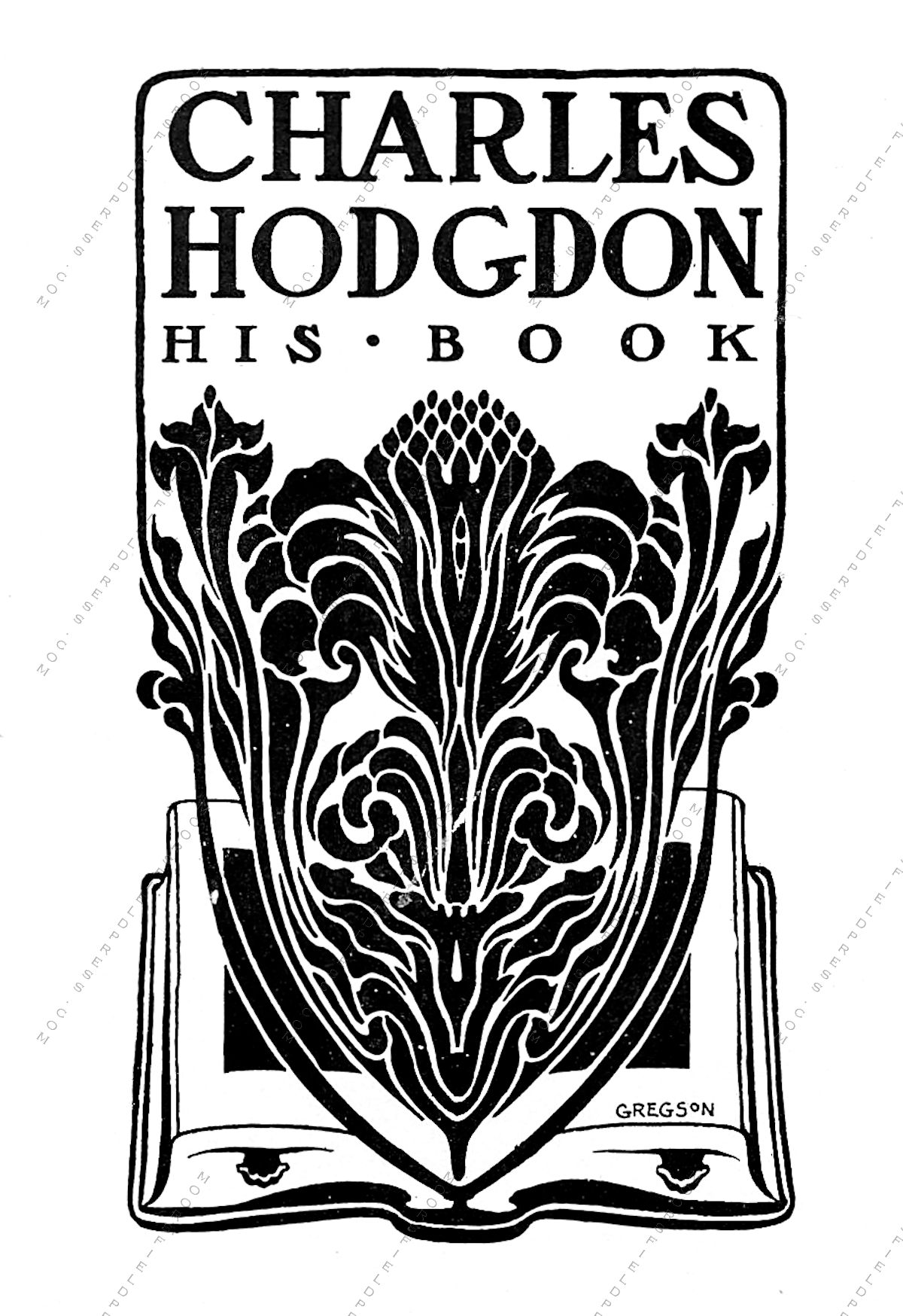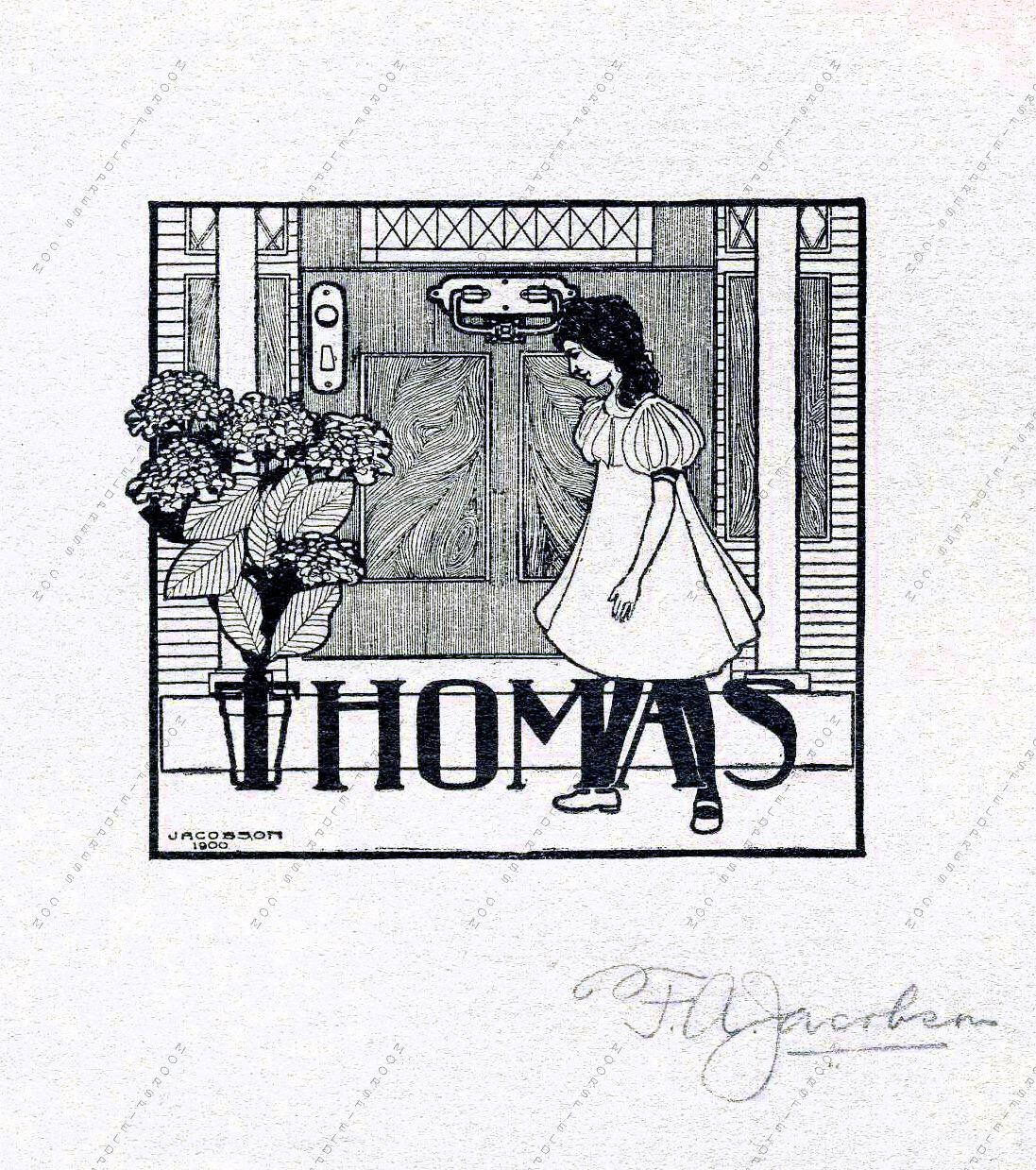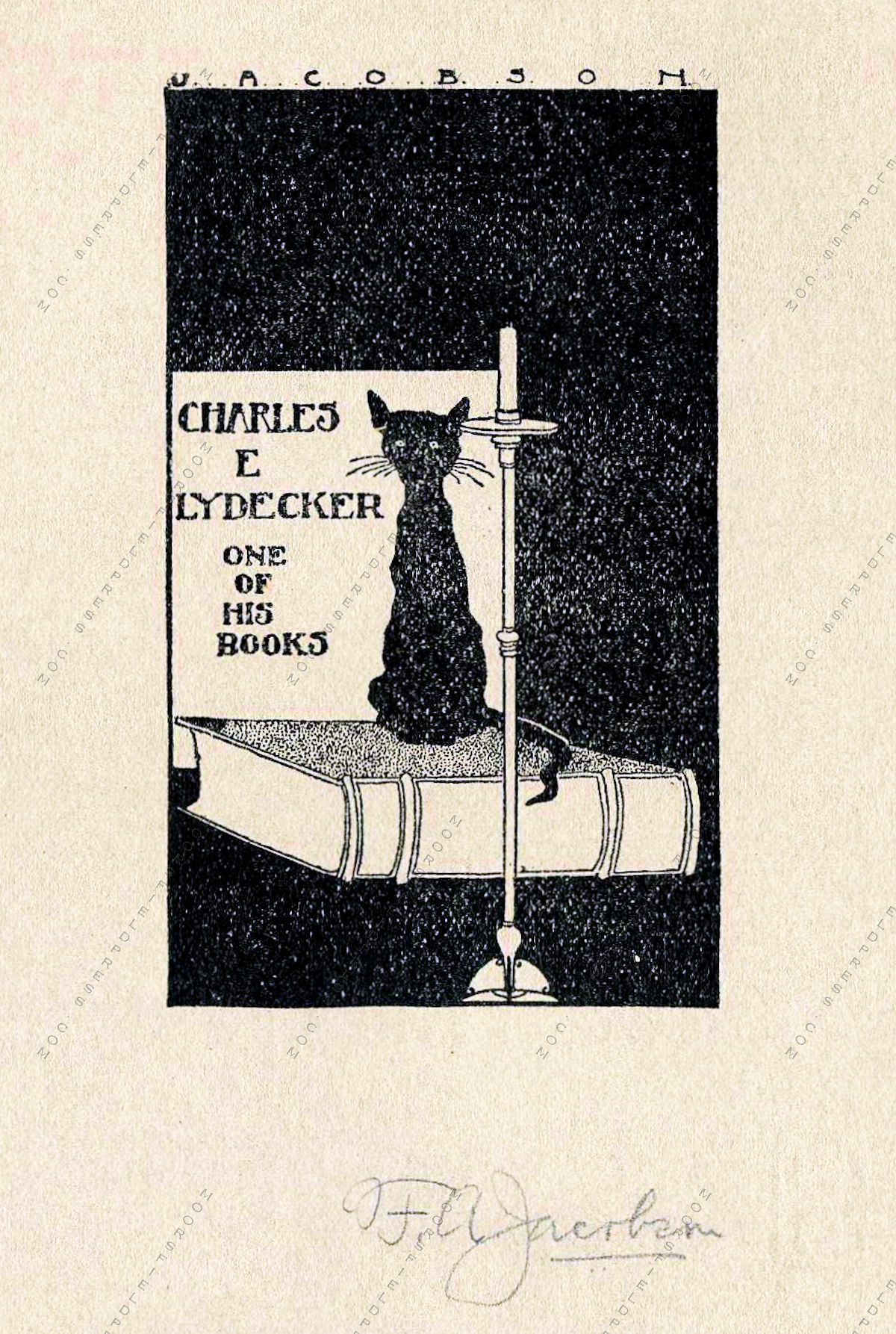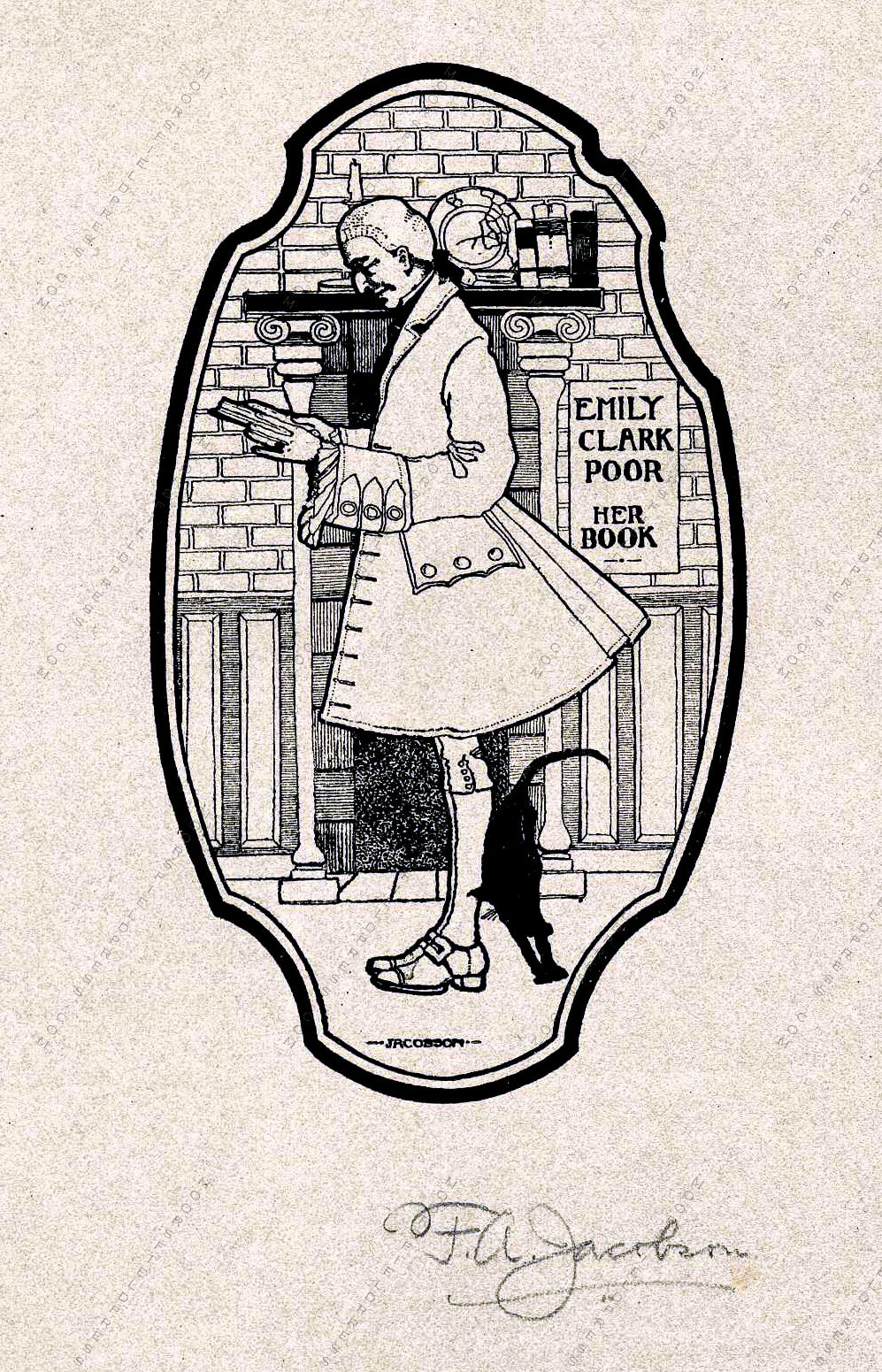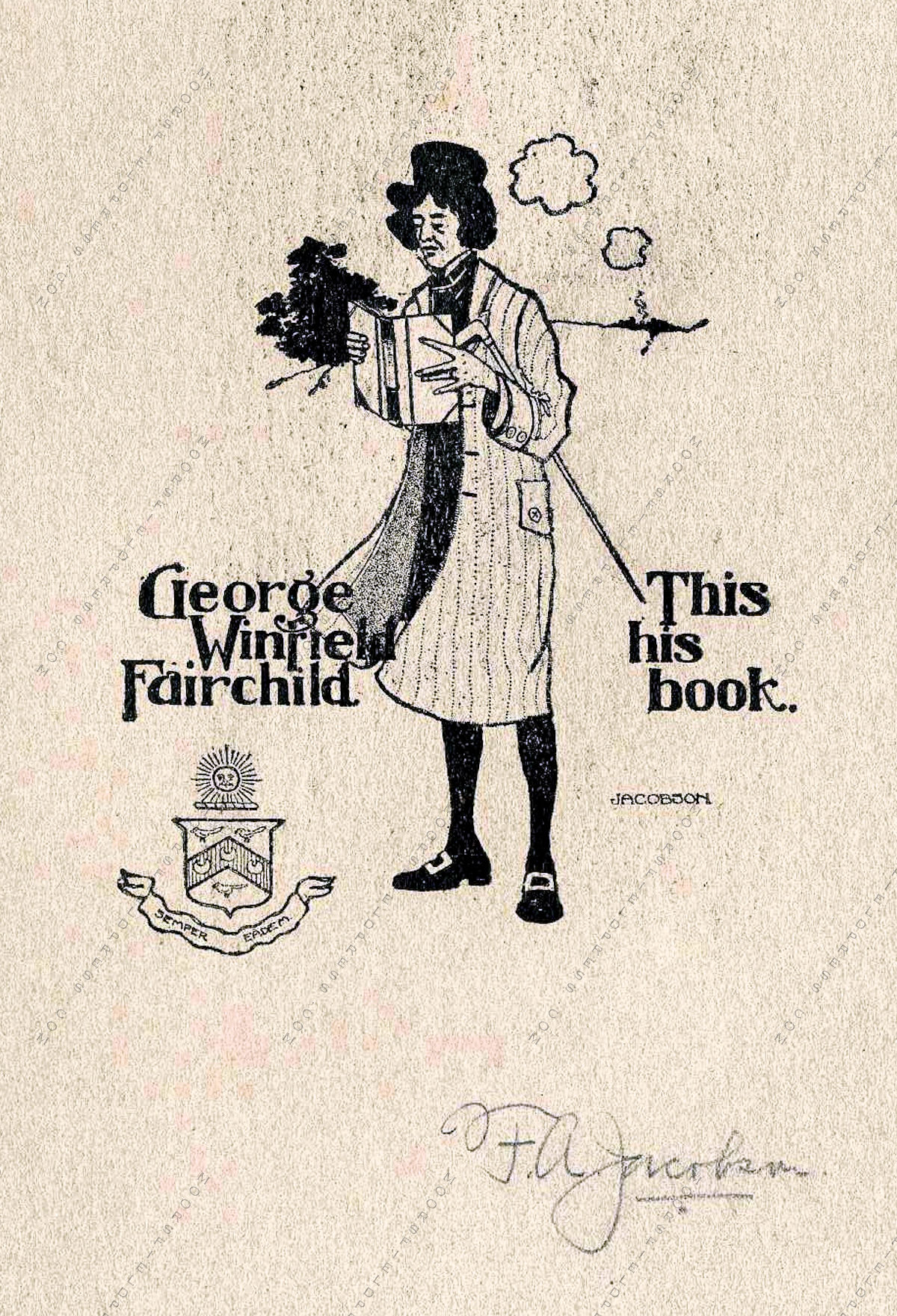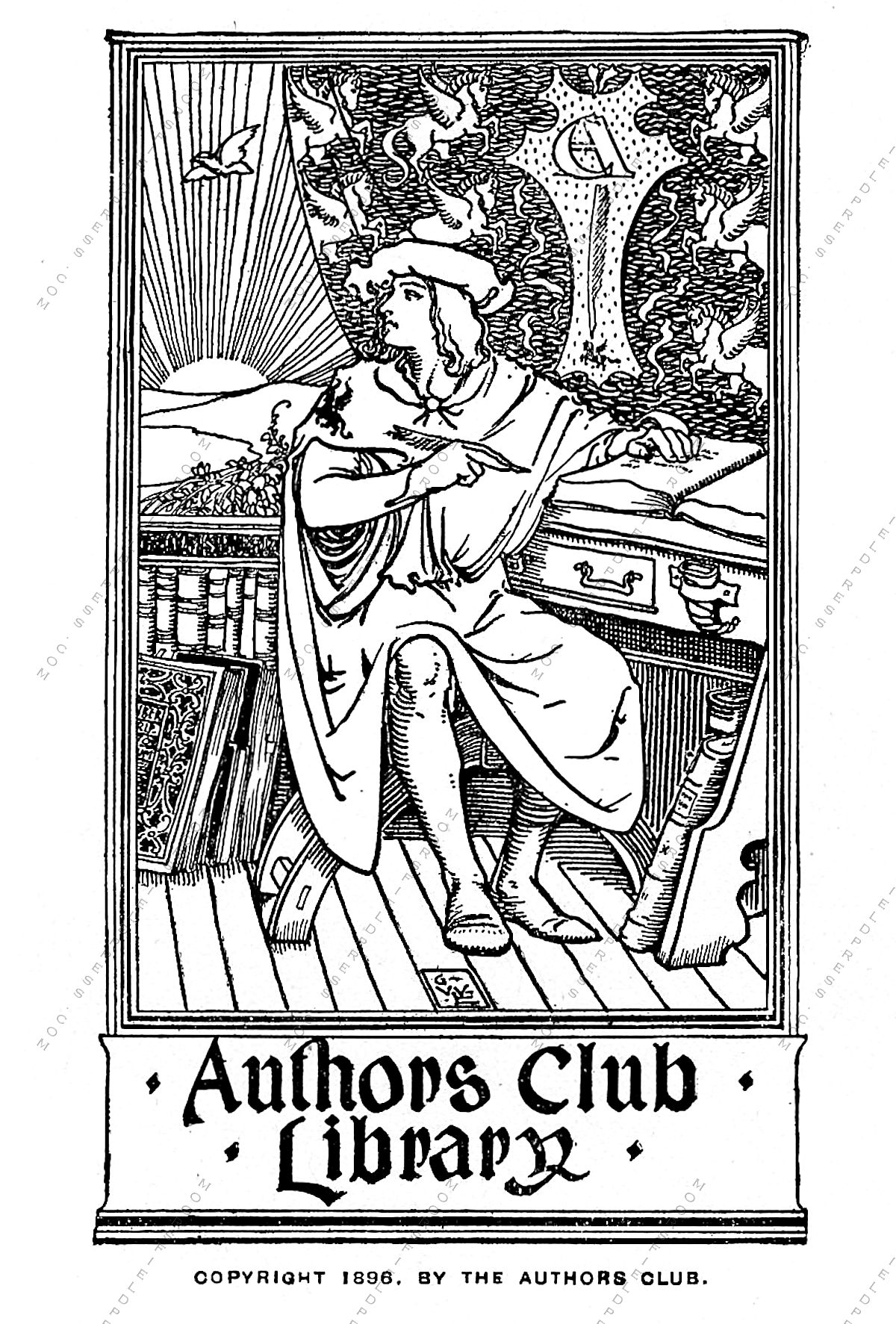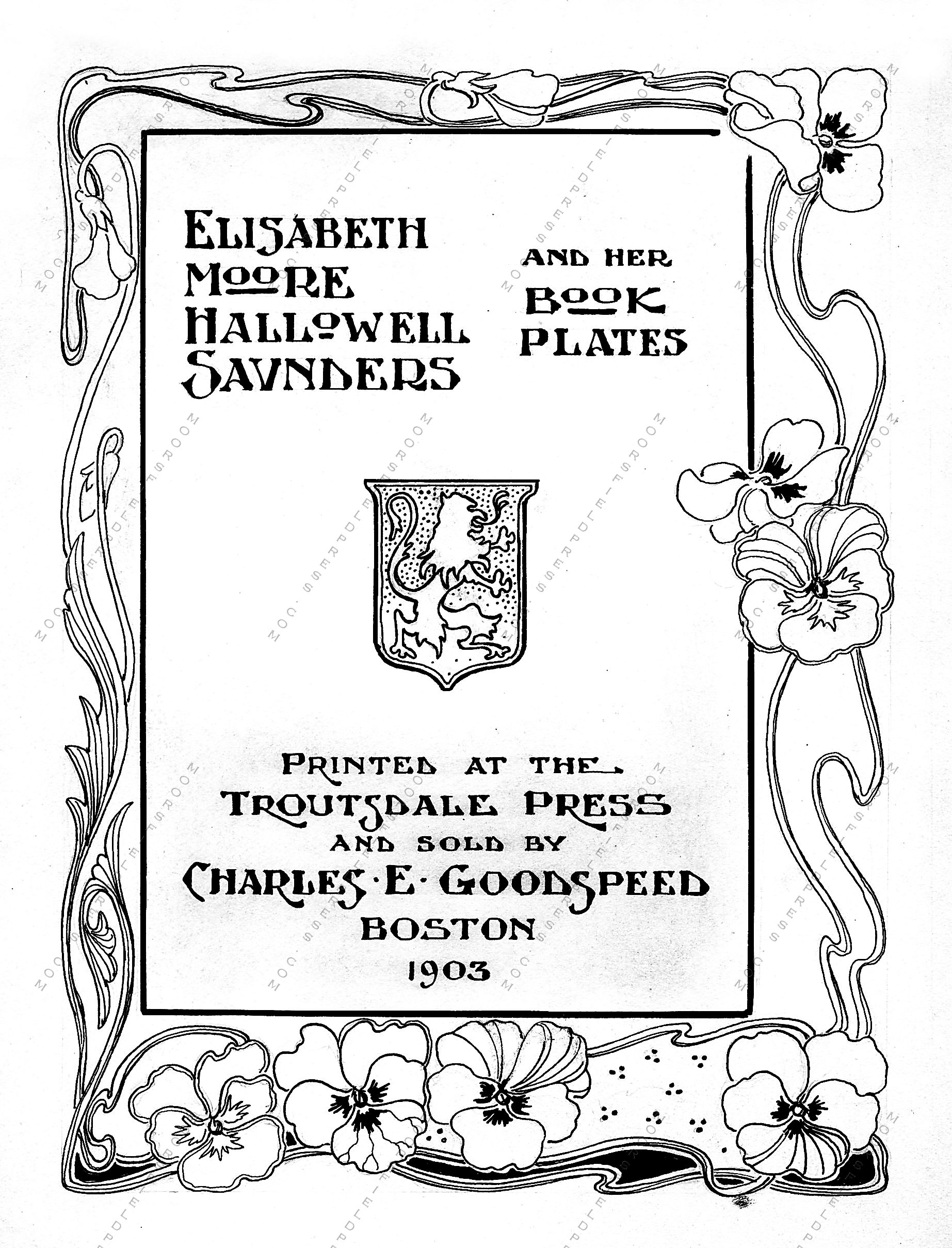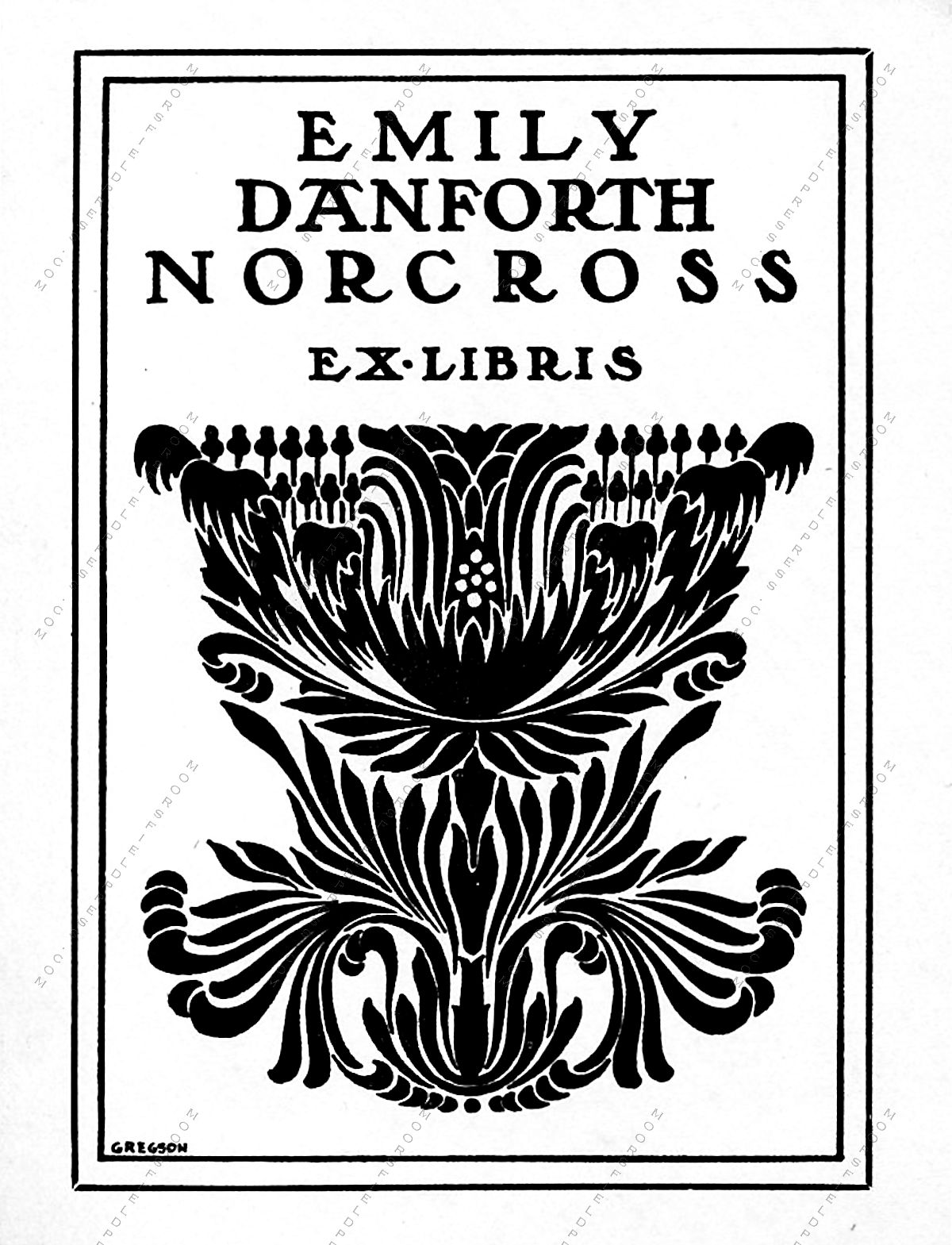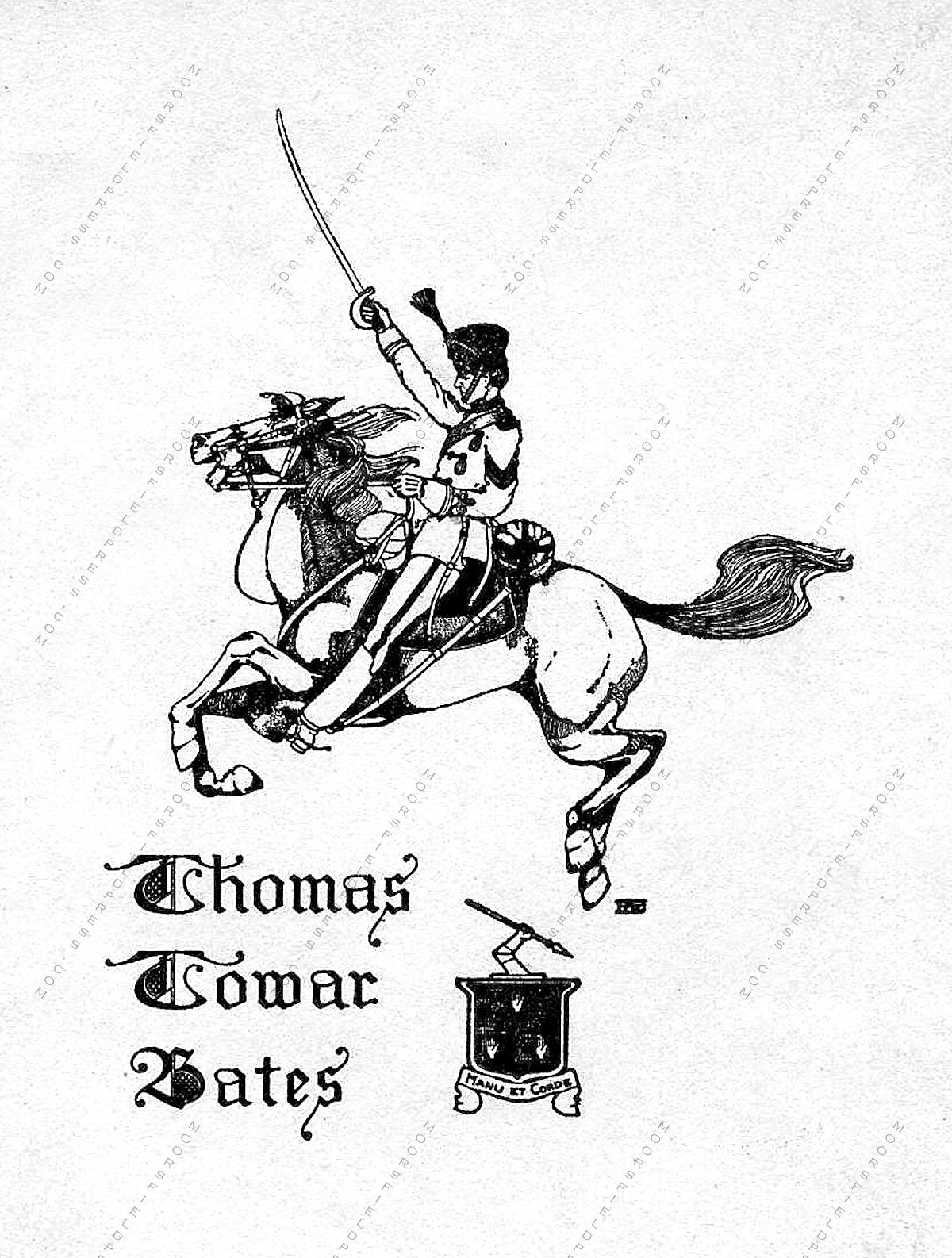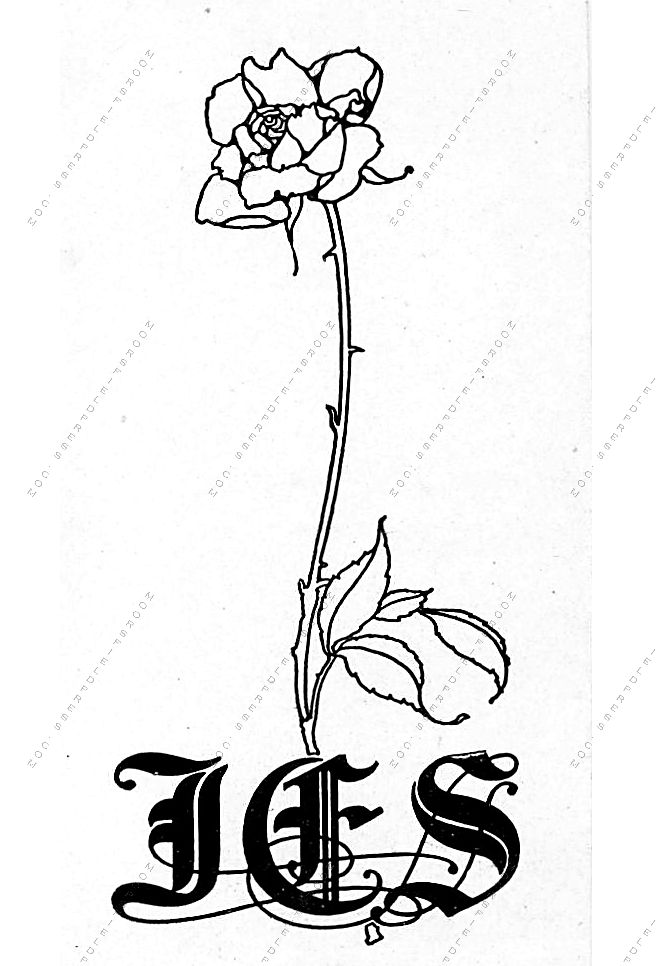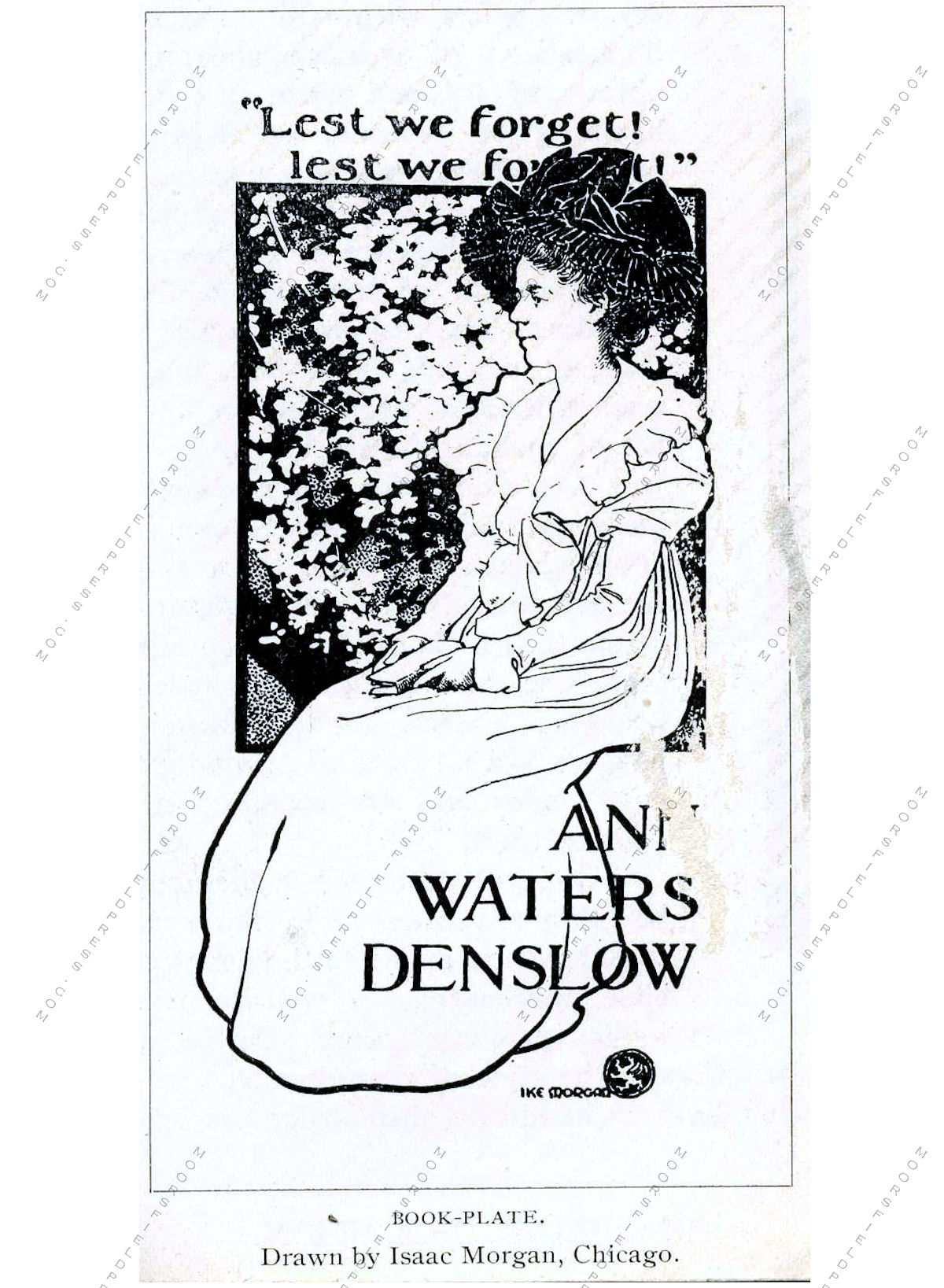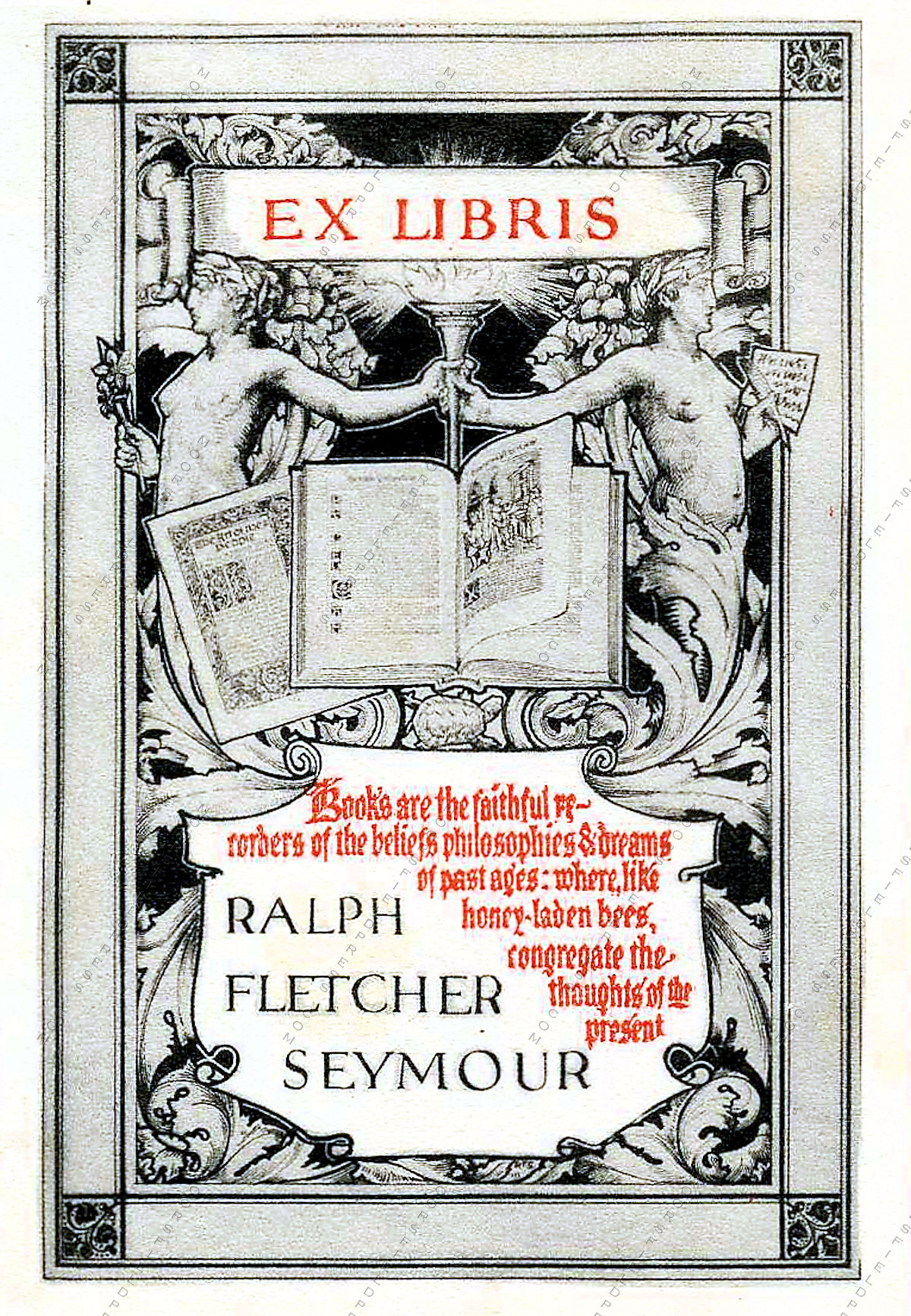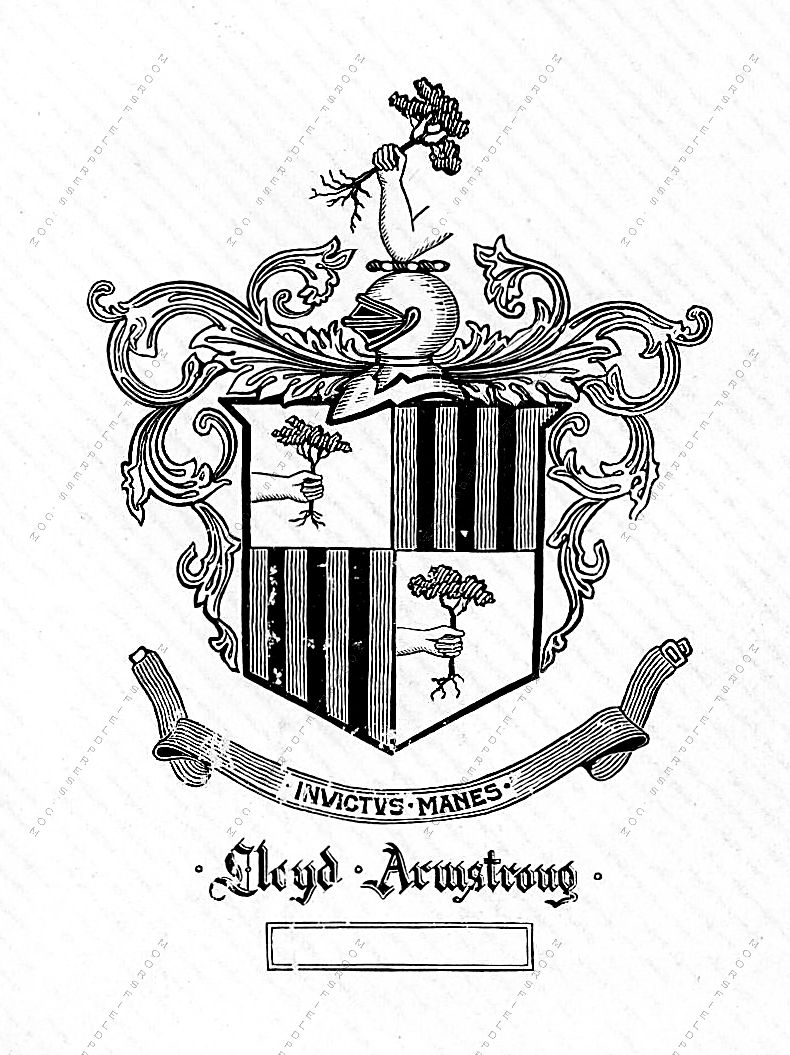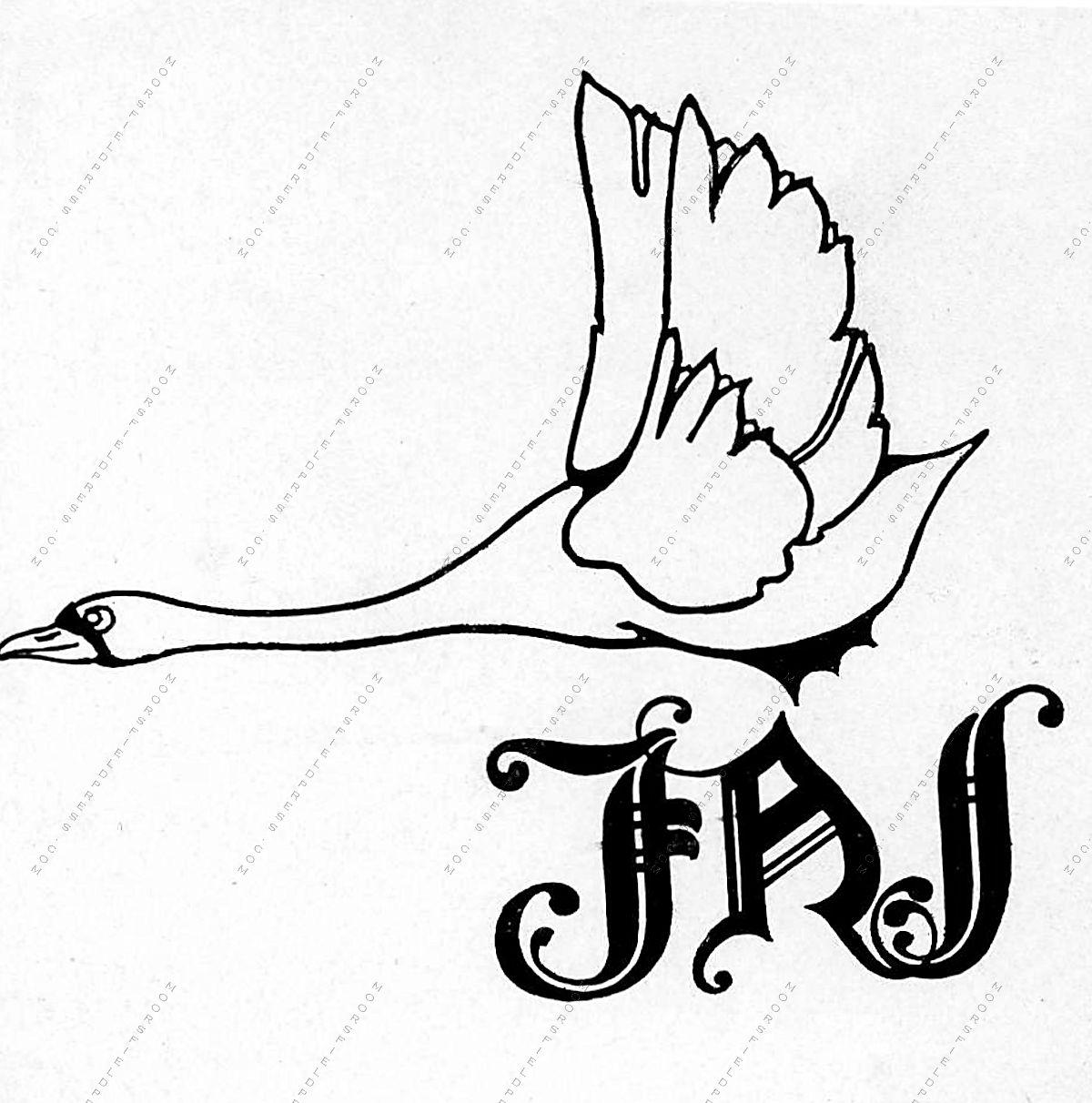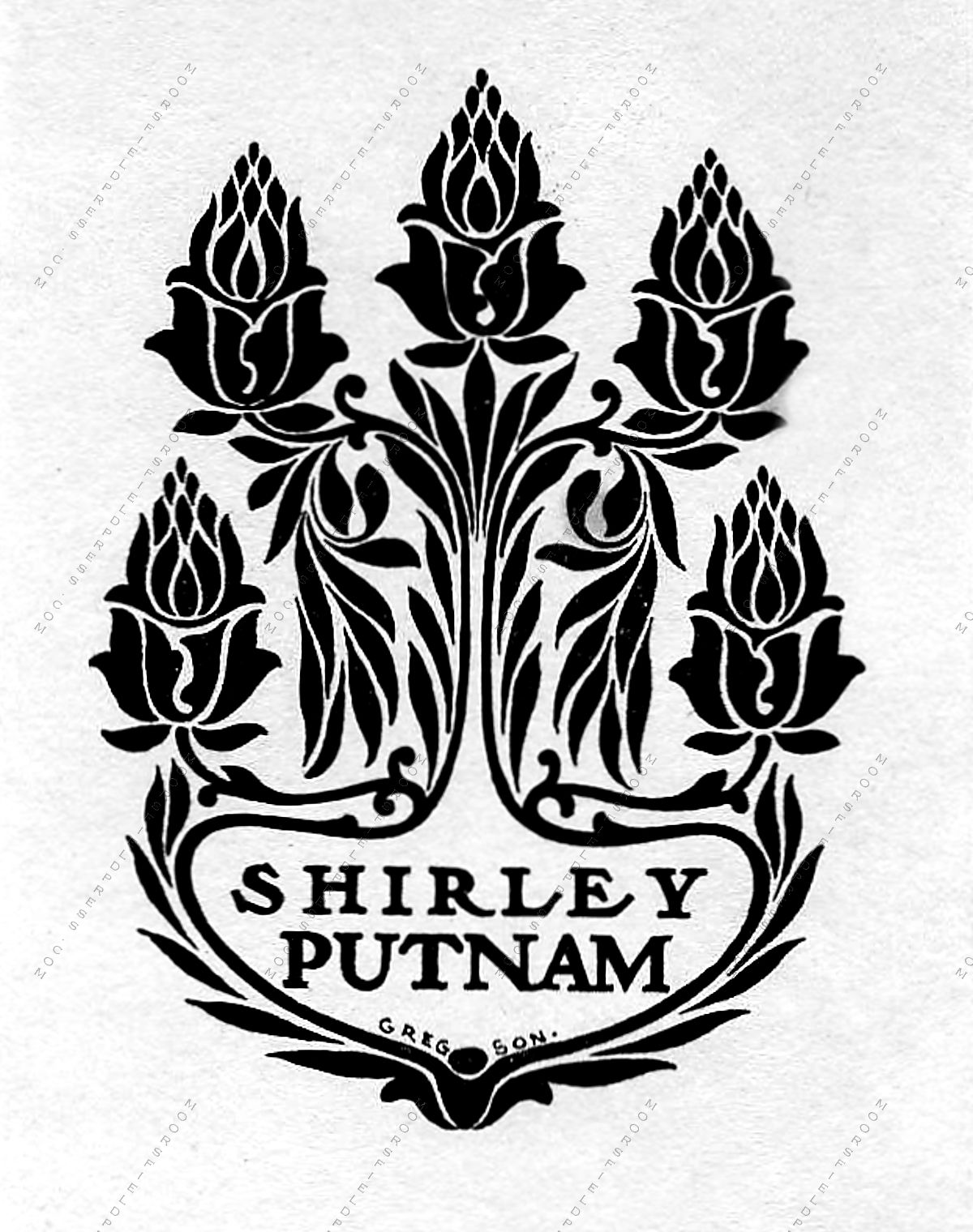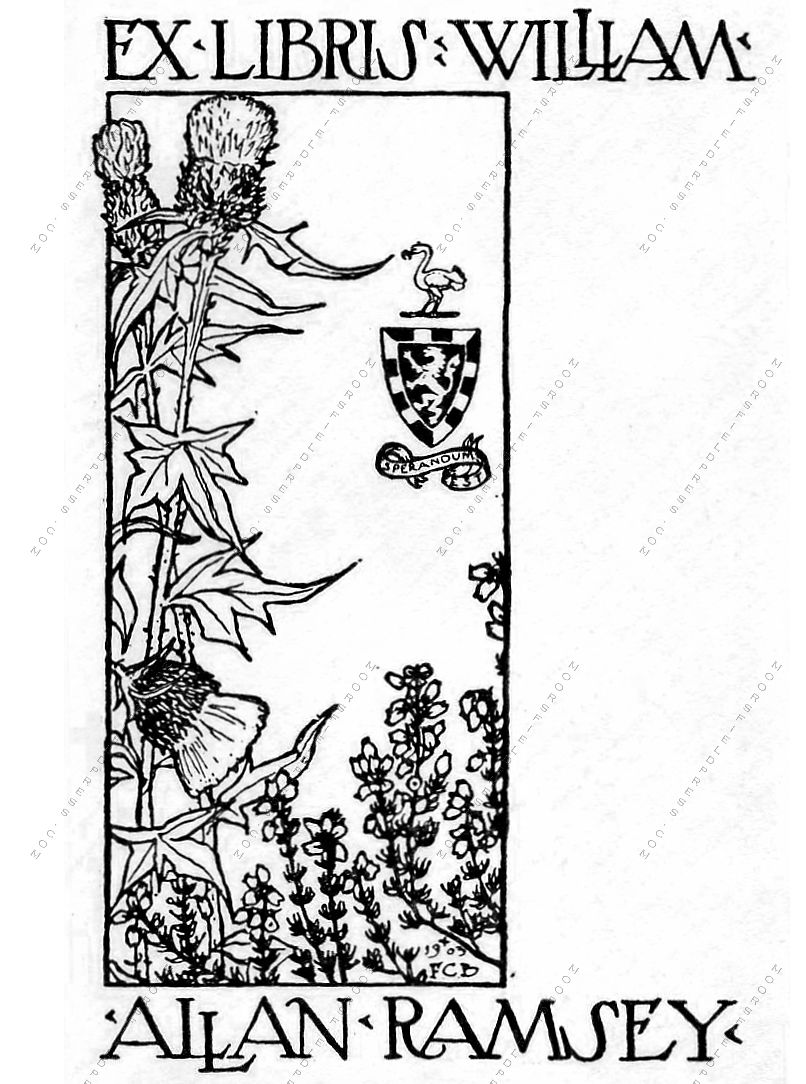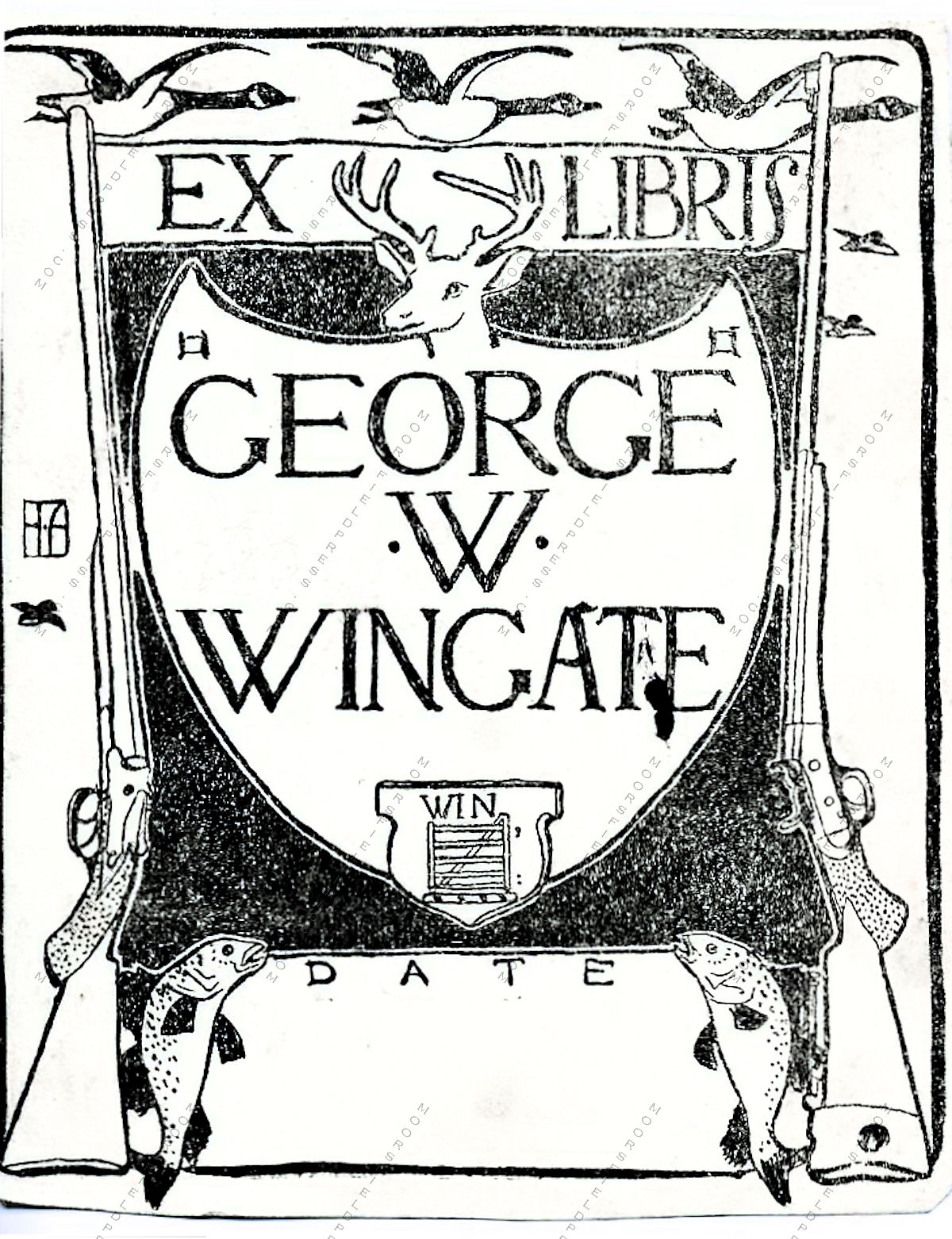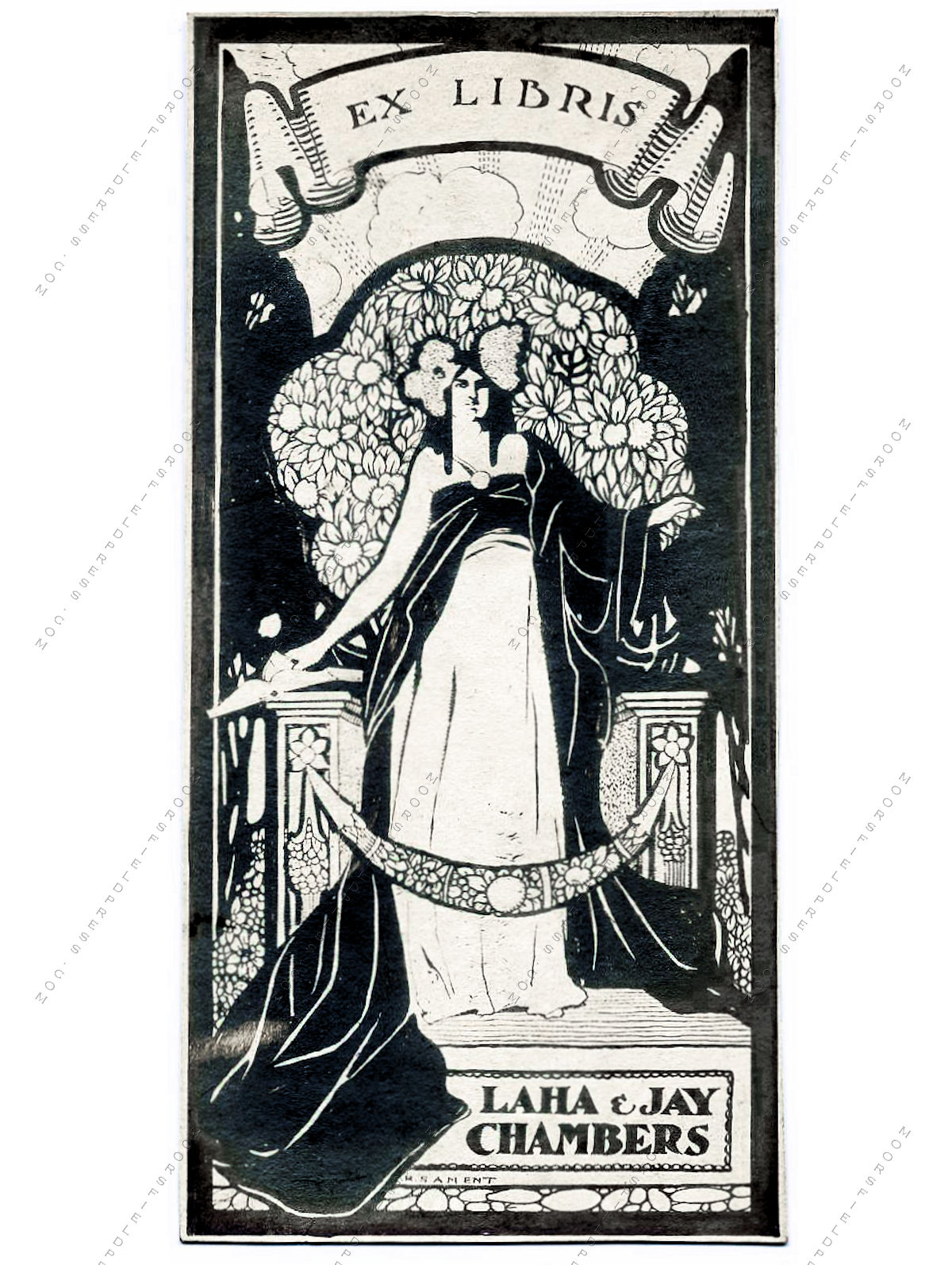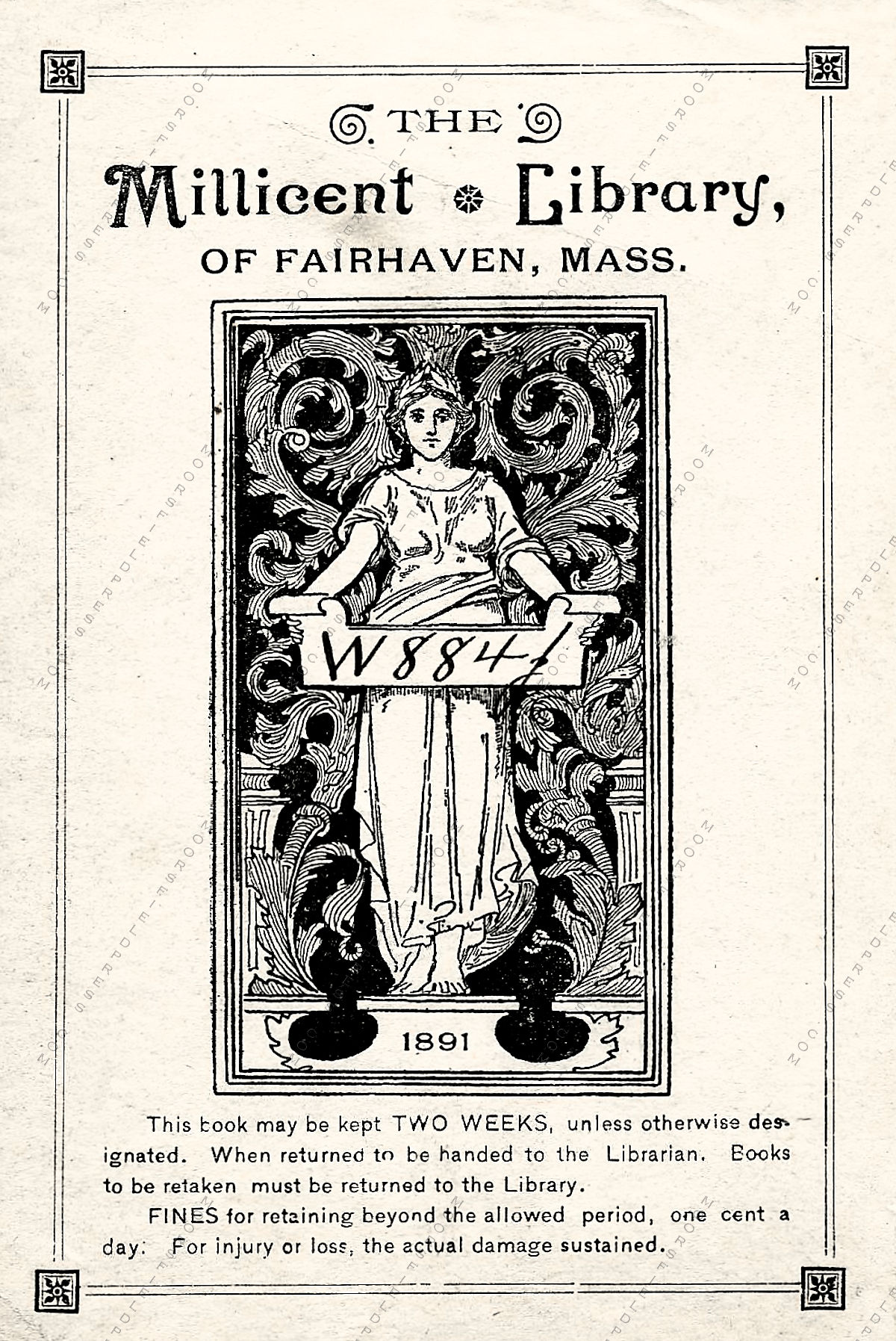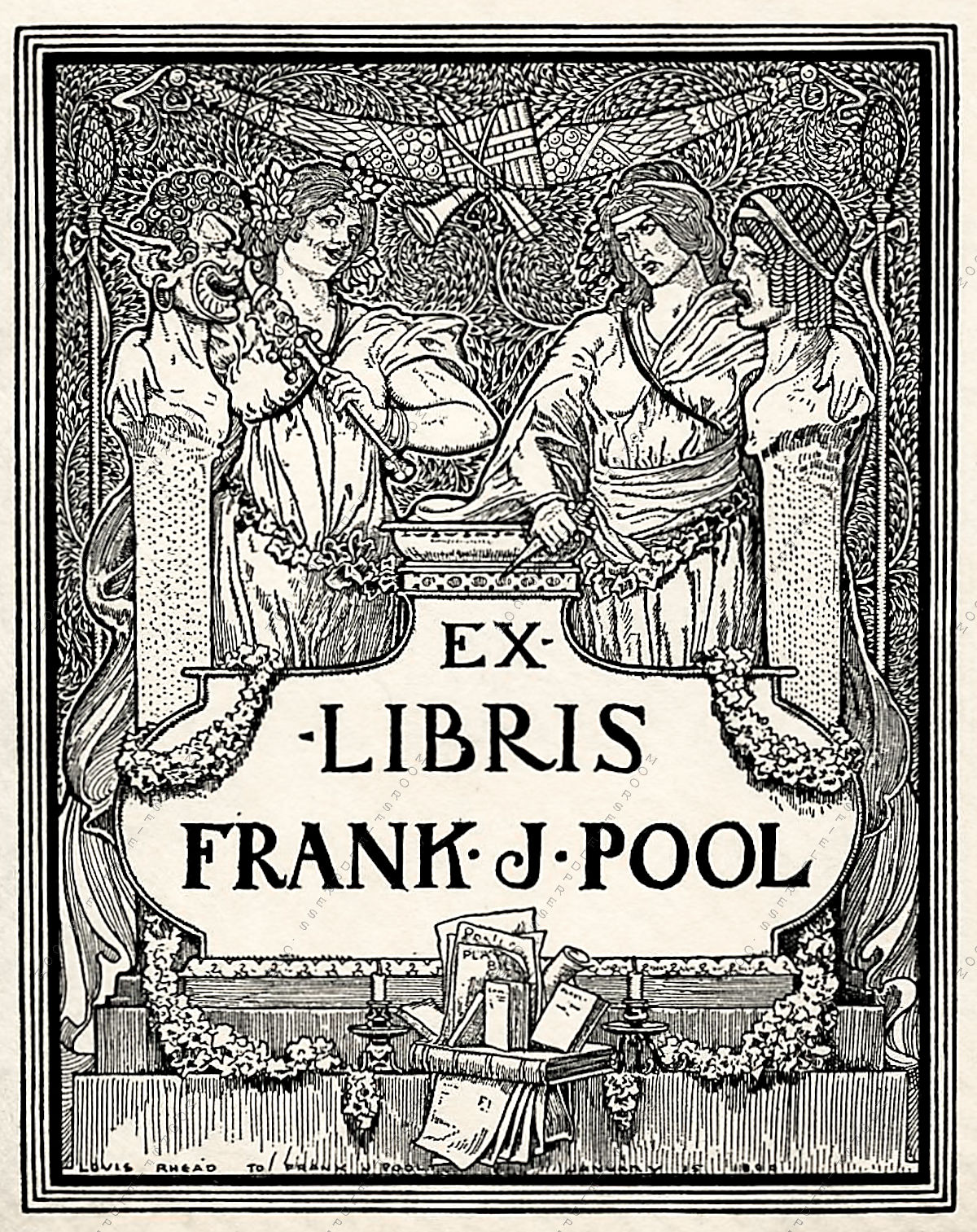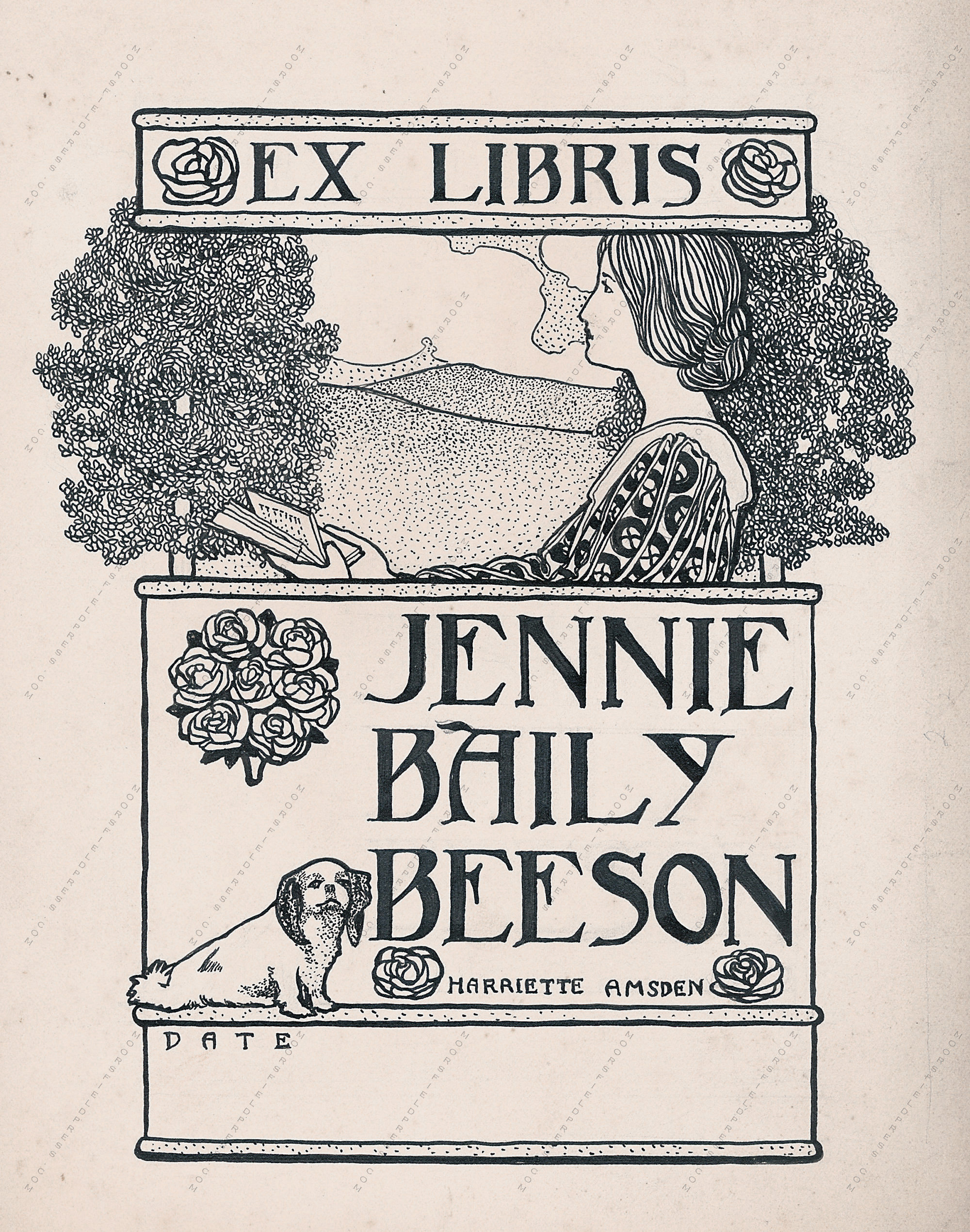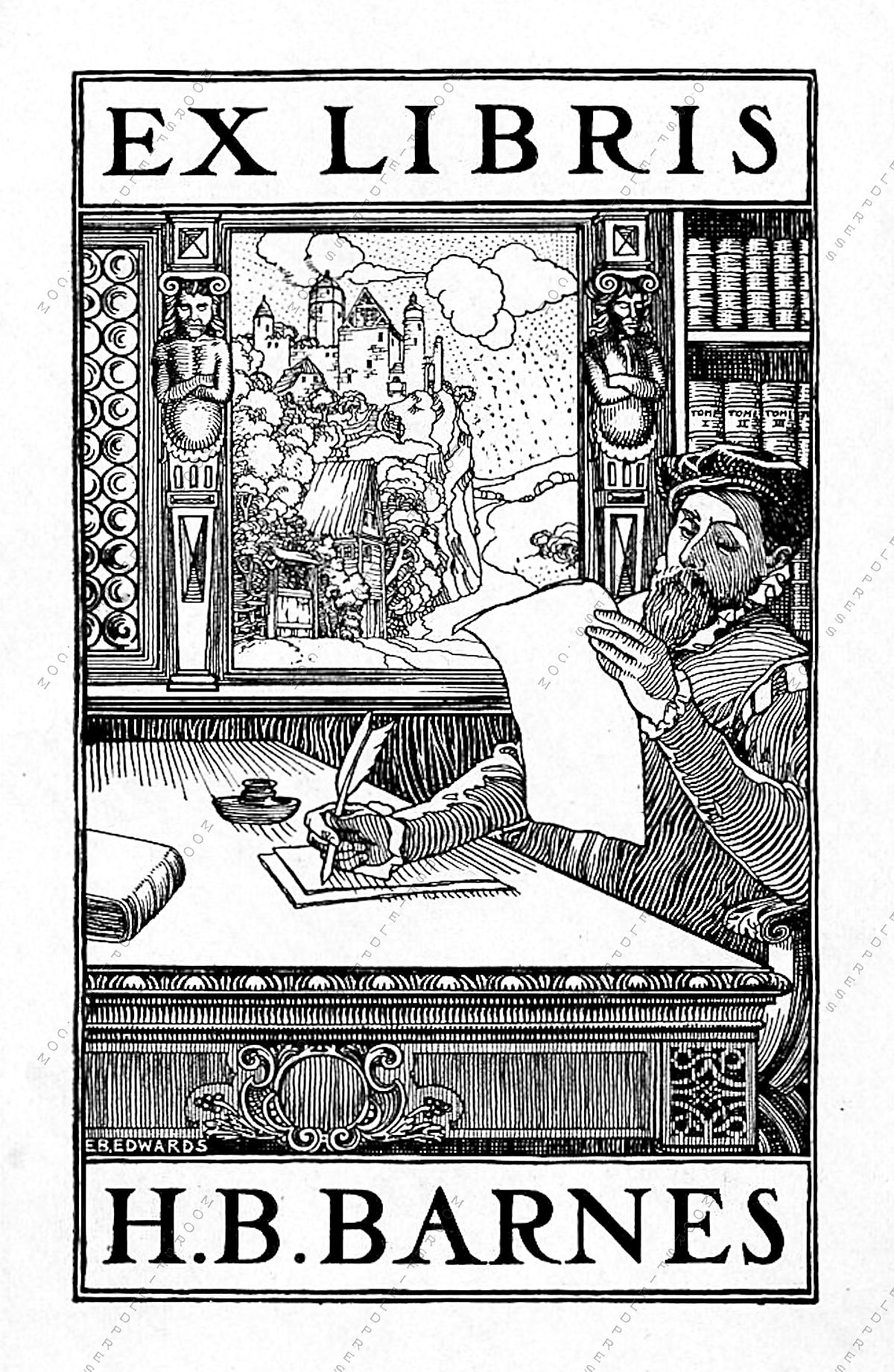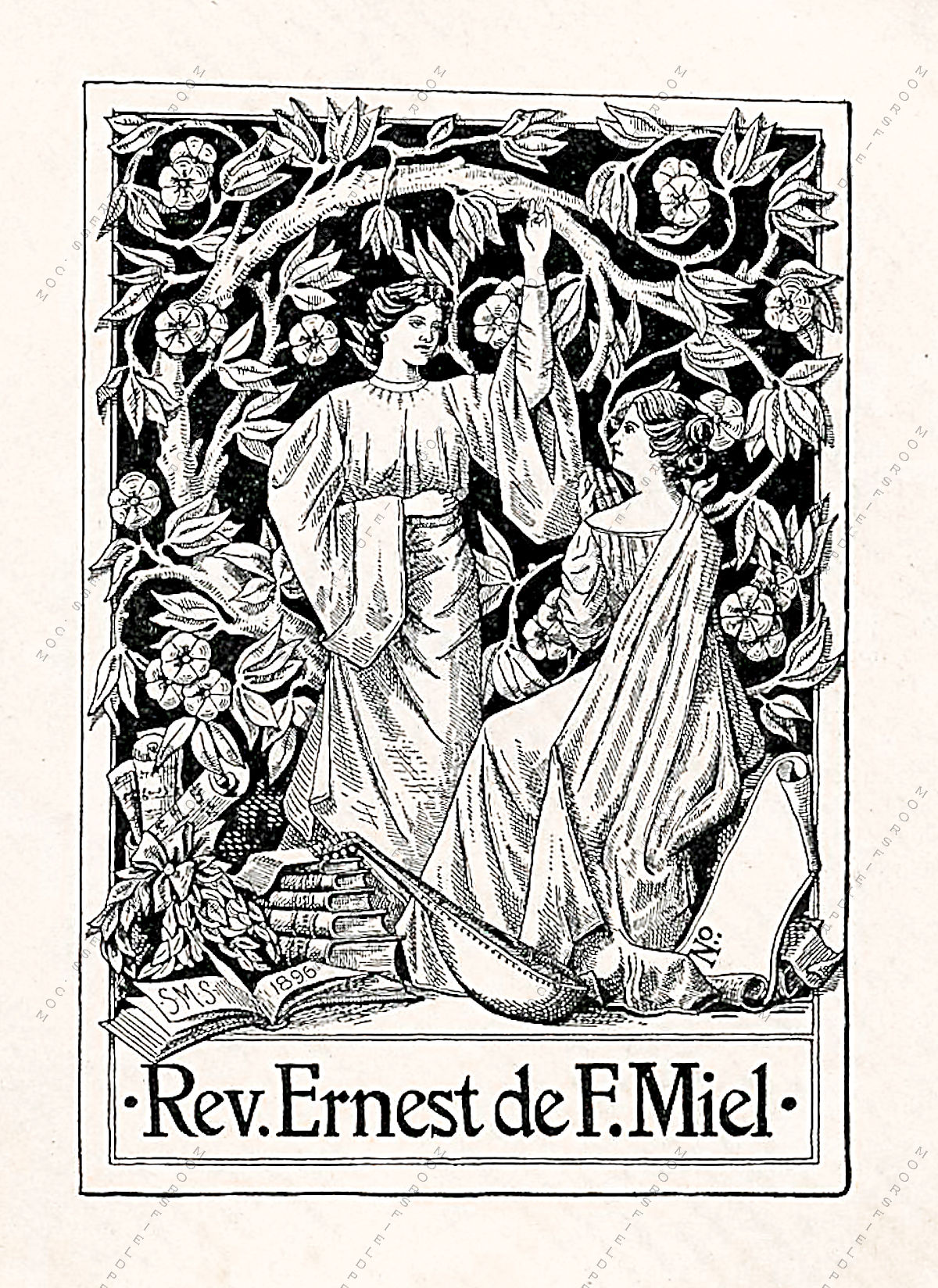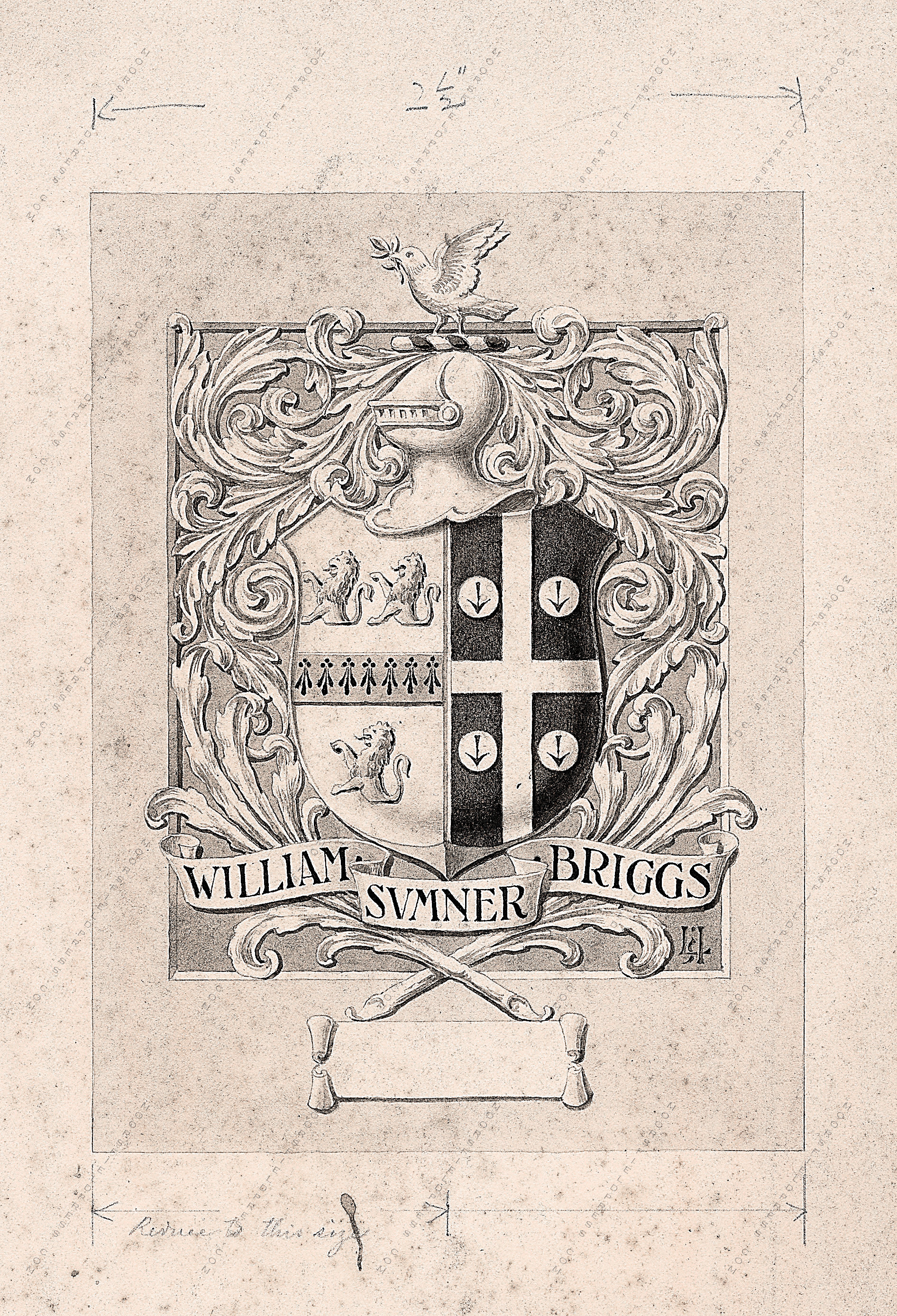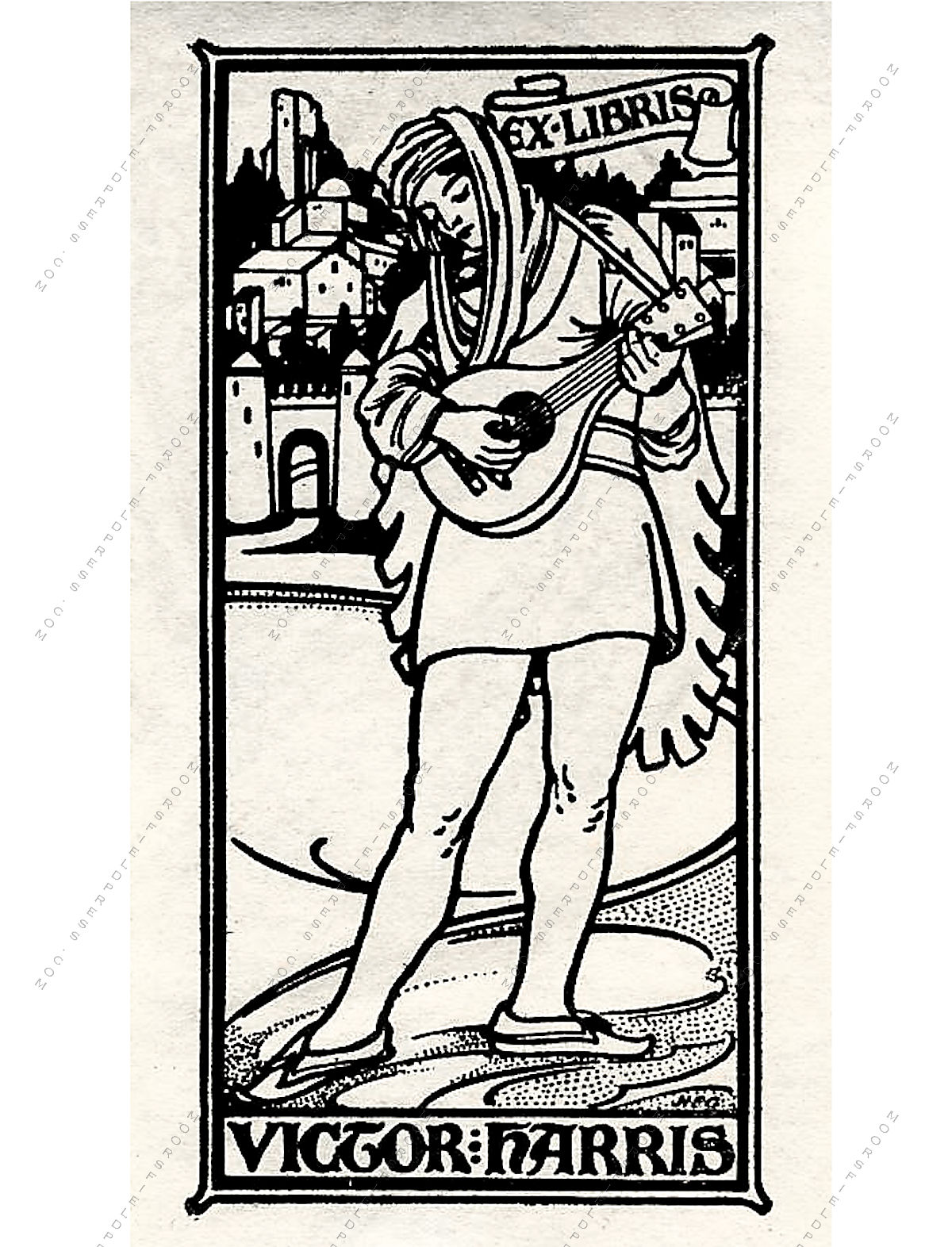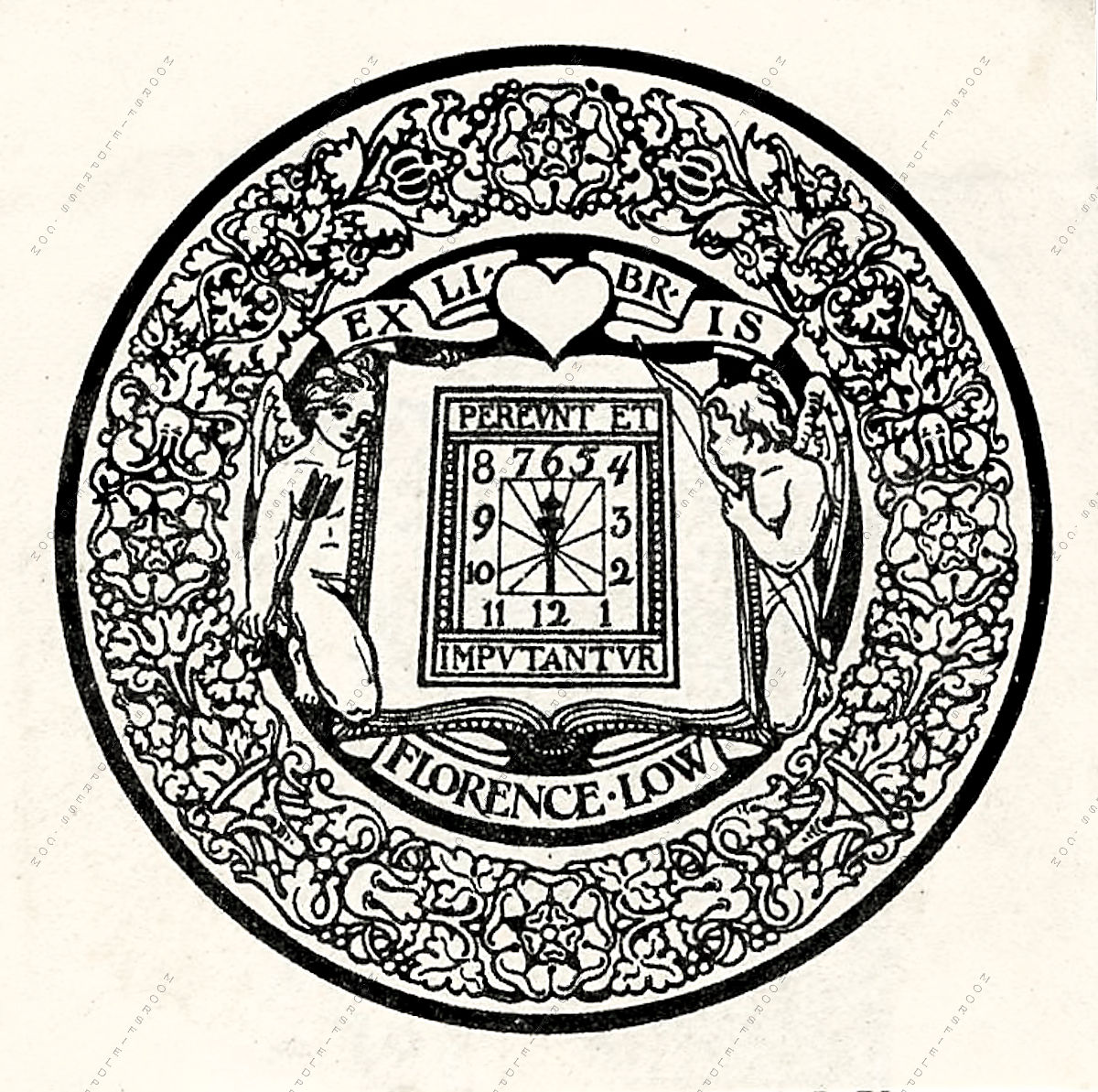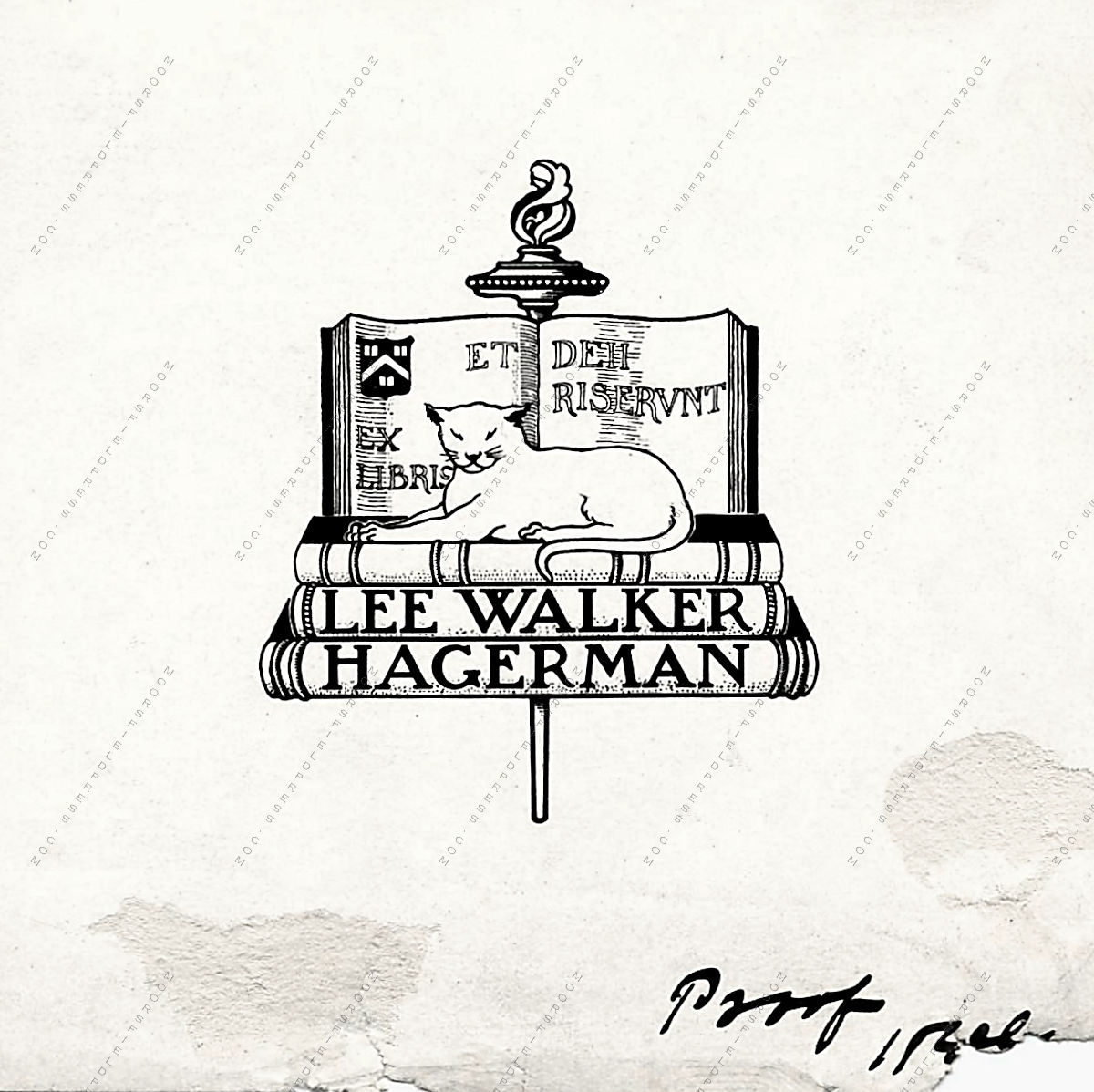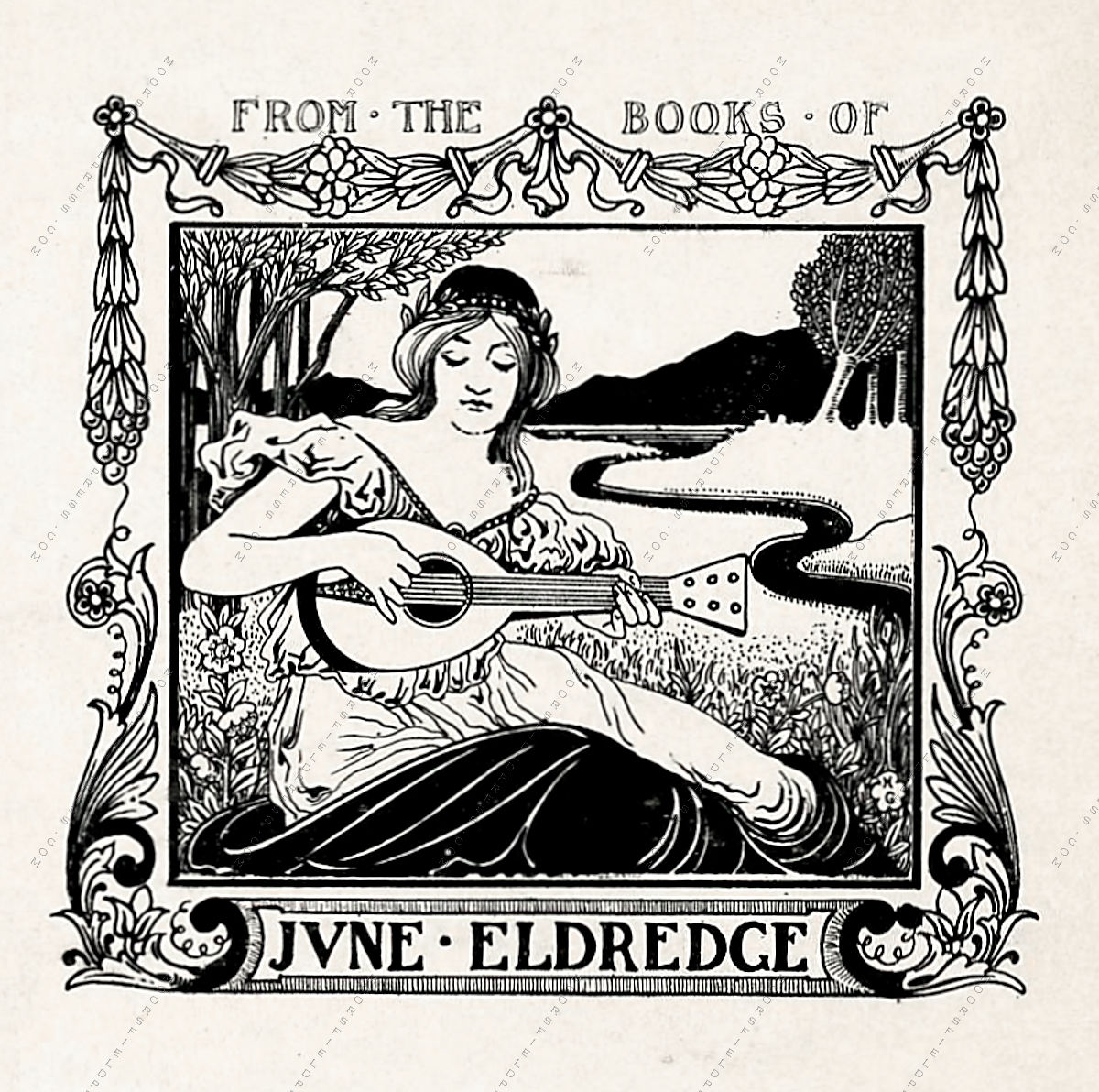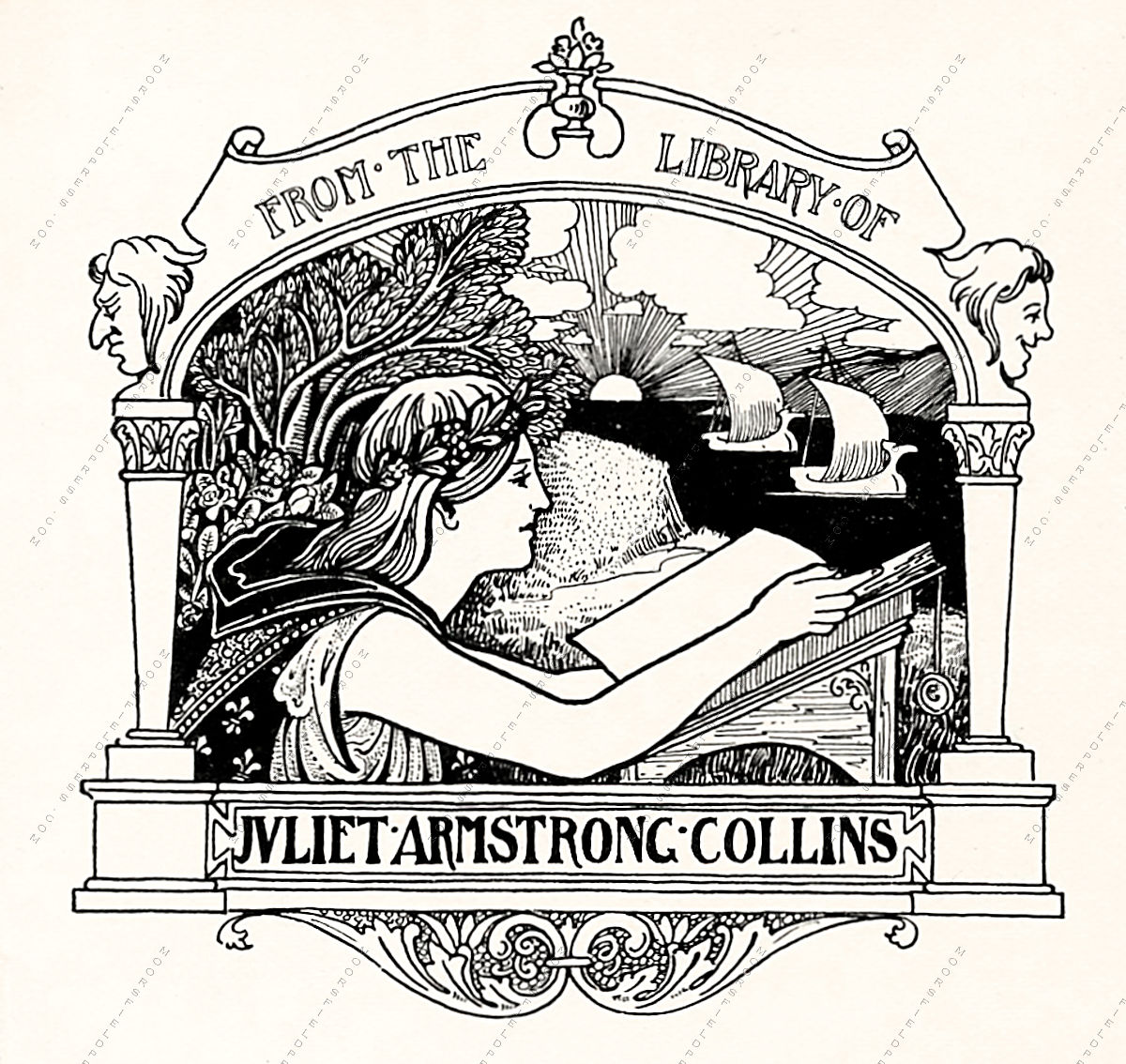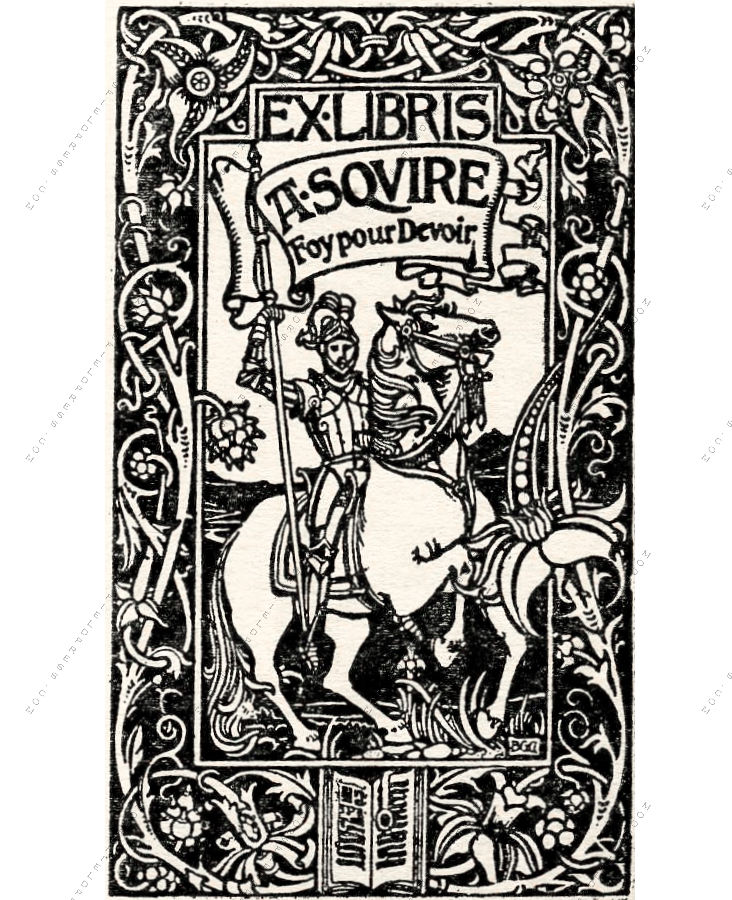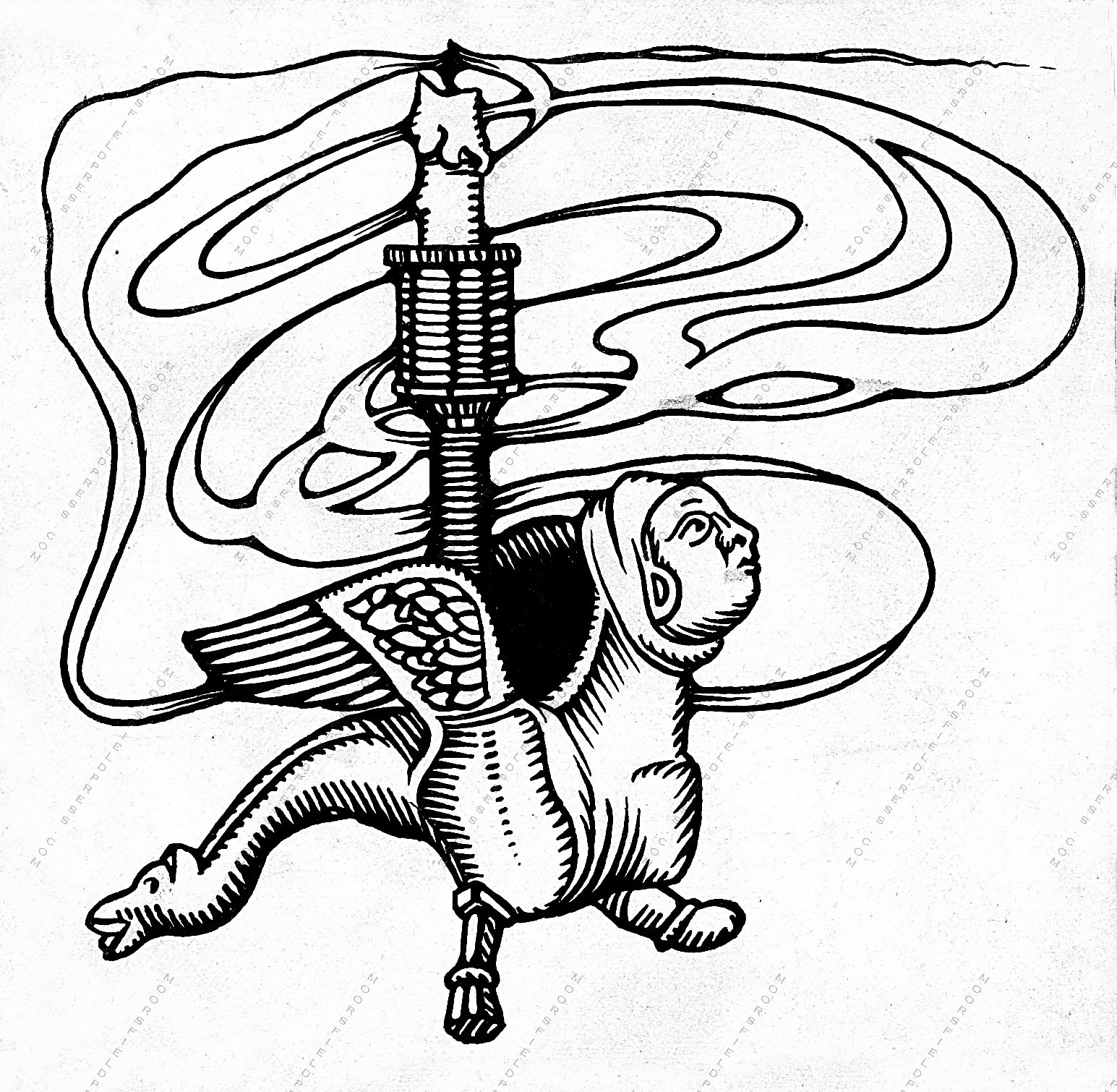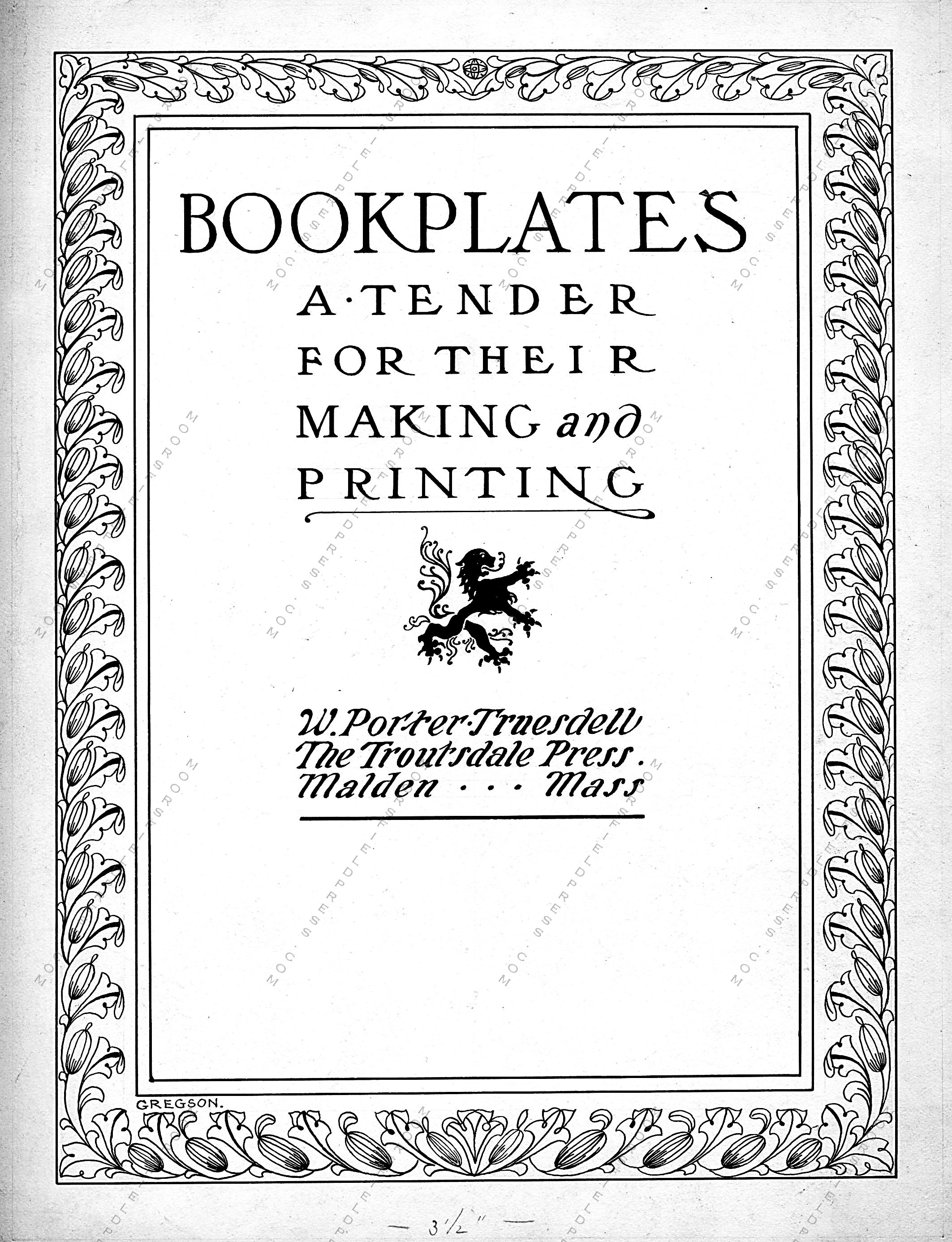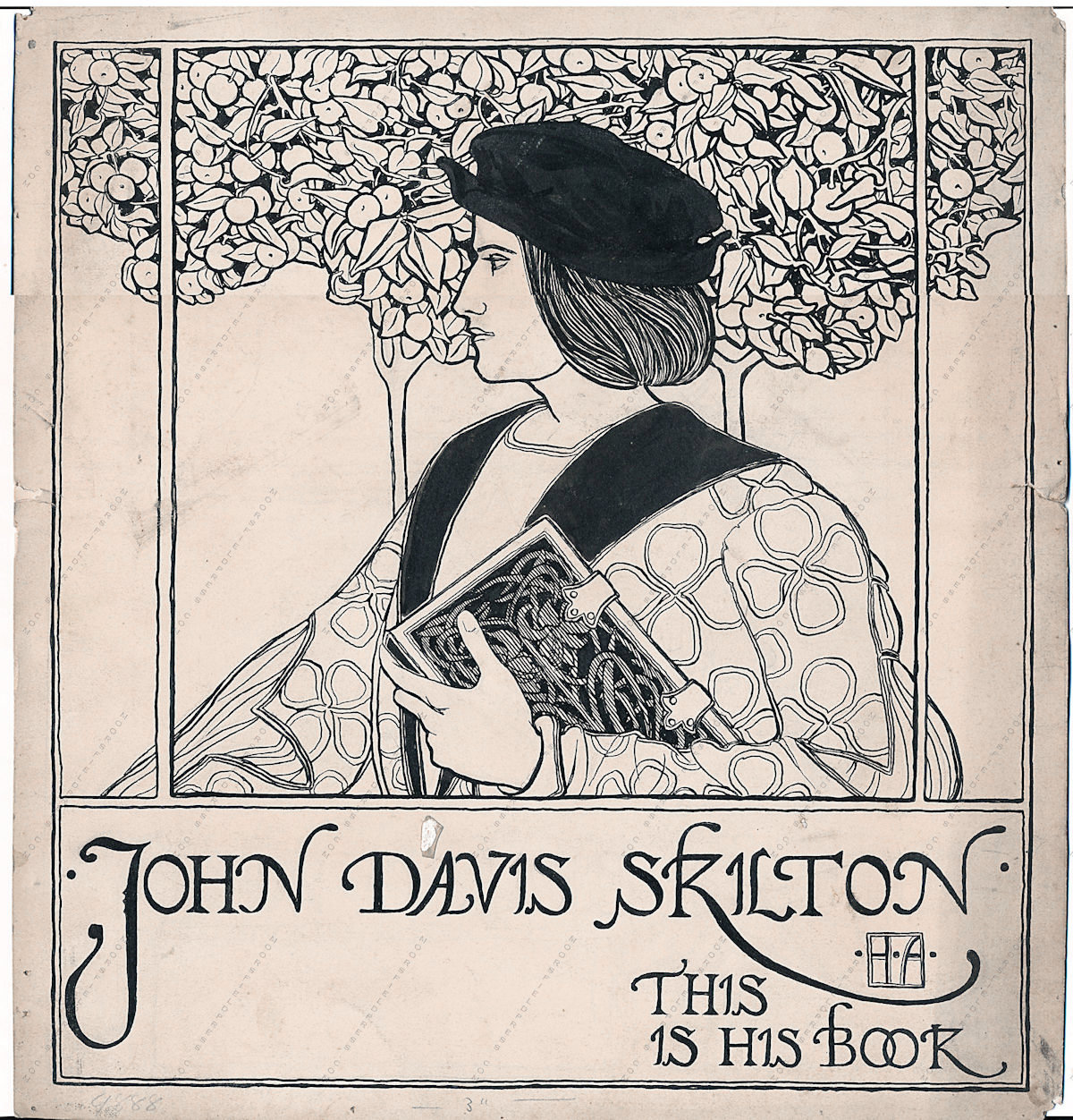The Bookplate
"Ex Libris"
Collection of
Winfred Porter Truesdell
_____________
"Ex Libris" Books, Articles and Ads
Related to
Winfred Porter Truesdell
by David Patrick
What is a "bookplate?" It is
essentially a printed label that the
owner of a book would use to indicate
to others, especially if the book was
loaned, who the book belonged
to. Instead of writing the name
of the book owner in the book, book
owners could easily paste a printed
label in the book with their name on
it. The bookplate evolved over
time to encompass elaborate
designs.
The
Massachusetts Historical Society
gives a more detailed description of
a book plate:
"Bookplates,
sometimes called Ex Libris, have a
long and interesting history.
Initially a tool to identify the
owner of a book and to prevent
theft (or ensure safe return) of
valuable property, bookplates
evolved from mere identification
into tiny works of art and
reflections of the owner's
personality and
aspirations......Also quite common
are simple labels with the owner's
name, sometimes enclosed in a
border of engraving or type
ornaments. Around the turn of the
last century, bookplate design
became much more creative and
personal, with designers creating
plates that reflected the
interests of their clients—homes,
pets, hobbies, portraits. In this
period, many of the bookplates
never made it into books, but
instead were collected and traded
among fellow enthusiasts. The
collecting and trading of
bookplates reached its peak
between the 1880s and
1950s...."
[http://www.masshist.org/collection-guides/view/fao0009]
Winfred Porter Truesdell was an art
connoisseur at an early age. By
1900, at the age of 23, his passion was in
the art of collecting bookplates. He
was married by this time and his wife Amy
also had an interest in bookplates.
Truesdell
contributed articles to national and
international magazines devoted to
bookplate collecting and an editor in
England noted the high quality of his
collection. Between the years 1902 and 1908,
he is mentioned numerous times in
the periodical "Journal of the Ex
Libris Society." Truesdell
also wrote a long article on German
bookplates in "The Cornhill
Booklet," published in Boston in
1904.
Many of the
biggest collectors of bookplates in
America resided near Boston. A 1907 article,
titled "The
Bostonian and his Book Plate," published
in England, mentioned Truesdell as
a major collector of
bookplates. It is
not known if Truesdell's collection still
exists.
"Of all
the cities of America, the love of
bookplates is most deeply rooted
in Boston. Not only are the
individual possessors of
book-plates most numerous here,
but many Boston artists devote
considerable time to the
production of new plates, and four
of the largest collections in
America are held in this vicinity.
These collections belong to Dr.
C.E. Clark, of Lynn; Frederick J.
Libby; Henry S. Roe and W. Porter
Truesdell, of Boston.... Mr.
Truesdell has in the neighbourhood
of Boston 5,000 bookplates in his
collection, one of them being of a
King of Spain, and many have once
been the property of celebrities
of Europe or Great Britain." [Ex
Libris Journal, V17, 1908]
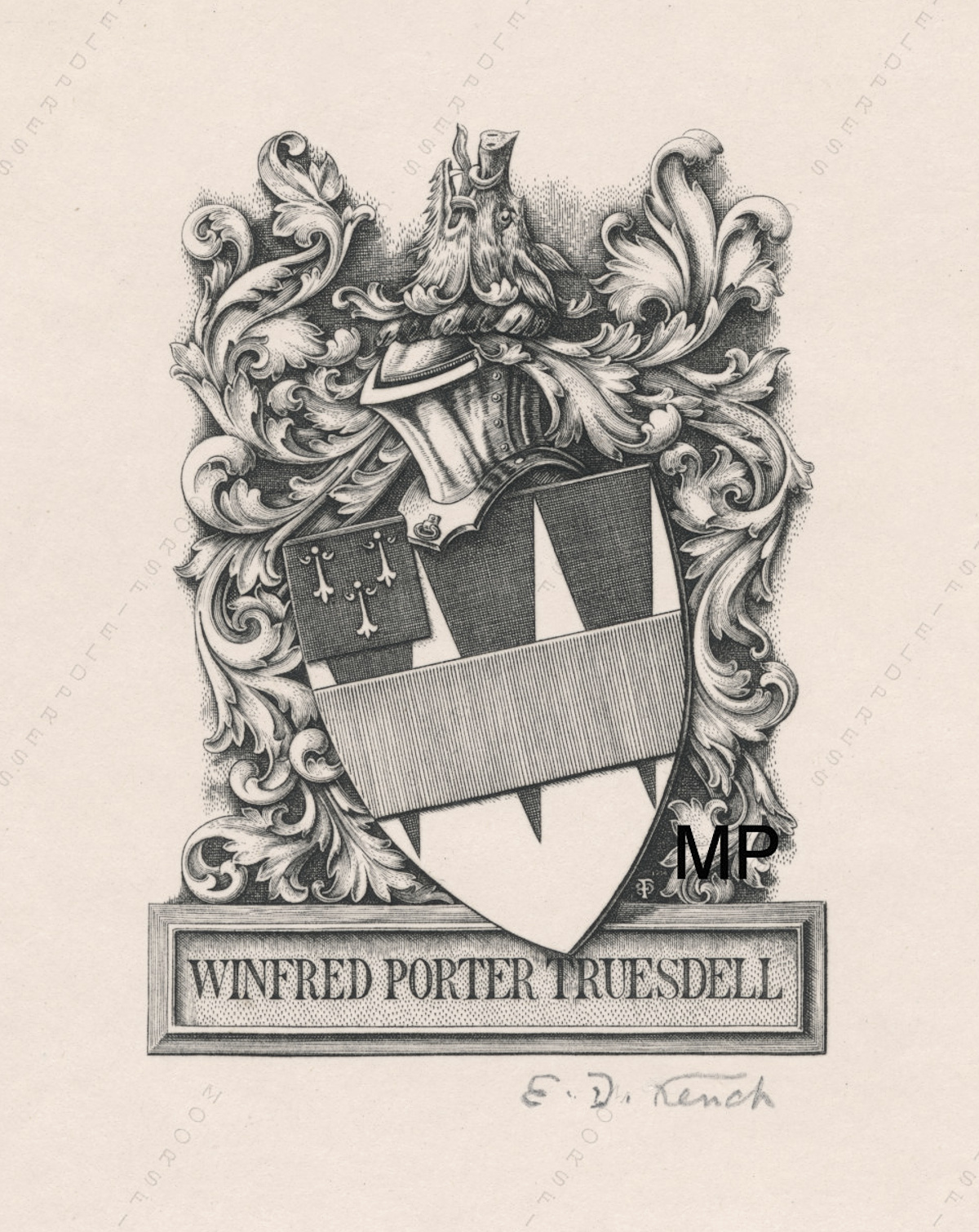
Between 1903 and 1907 there were
published in Boston a series of
twelve beautifully printed and
attractive brochures dealing with
the work of modern American
book-plate designers such as Bird,
Gregson, Ipsen and others. These
booklets were published through
the instrumentality of that
eccentric genius, W.P. Truesdell,
and are an honor to his taste as a
printer and to the “Troutsdale
Press.”
This series has been matched in
England by a series of six
brochures published by Schulze and
dealing with the works of such
modern designers as Nelson,
Vinycomb, and others. Like
Mr. Truesdell the English
publishers have driven
successfully for artistic
excellence. [The Biblio, March
1913, Vol. 1, No. 1]
Truesdell's first
wife Amy also had an interest in
bookplates and may have designed some
for herself. Renowned artists E.B.
Bird and Jay Chambers made bookplates
for her and they are now found in books
of the time and in several collections
around the world. Artist Arthur
Nelson Macdonald made a bookplate for
Truesdell's second wife, Edythe Gettys
Truesdell, in 1926.
After 1907,
Truesdell's interests in bookplates
appears to have waned. He was now
interested in a similar field: engraving
and lithography. See
the web page that showcases his
printed books on famous
artist-engravers.
Also
see: "The
Rise of the Book-Plate" by W.G.
Bowdoin, 1901, for more information
on the book plate.
The
Wikipedia website also has a good
summary of the history of book
plates.
-------------
(The above image of Truesdell's
bookplate is owned by the website
author.)
|
|
